unmodern talking's Public Feed: Stranded in the Middle of Nowh...
Stranded in the Middle of Nowhere
In Zeiten des großen Paradigmenwechsels „Internet“ und der vielbeschworenen Demokratisierung von Wissen durch die „digitale Wende“ geraten Institutionen wie das Museum in Legitimationszwang. Wozu noch die Kunst in altehrwürdigen Hallen der bürgerlichen Elite ansehen, wenn ich mich an meinen Rechner setzen kann und eine virtuelle Tour durch das – wohlgemerkt leere – Louvre machen kann? Was man in diversen Naturkundemuseen lernen kann, weiß Wikipedia schon lange und die Bestände von diesem kleinen Stadteilmuseum ums Eck haben eh immer schon höchstens Senior:innen und Nerds interessiert. Außerdem ist die Hemmschwelle, Fragen zu stellen, im Internet wesentlich geringer als vor Ort – jede:r, der:die schon einmal in diversen Foren unterwegs war, weiß, dass für jede dumme Frage zehn noch dümmere online sind.
Museen fragen sich also zurecht seit geraumer Zeit: Wozu sind wir überhaupt noch da? Die Kulturtechnik des sonntäglichen Museumgangs schwindet, Besucher:innenzahlen sinken, der Bedarf nach gesellschaftlicher Verständigung und tatsächlichen Austausch wird dafür immer größer – wie können Museen diese Defizite und Bedürfnisse auffangen?
Eine der Antworten will lauten: Museen sollen zum sogenannten Dritten Ort werden, einem Ort, der neben dem Zuhause und der Arbeit noch einen – eben, „dritten“ – Ort bietet, der für das Leben von Menschen bedeutungsvoll ist, ein Ort, der Identifikation, Kommunikation und Aushandlung fordert und fördert.
Über diese Vorstellung sprachen Dr. Katharina Hoins und Felicitas von Mallinckrodt am 8.10.2019 in Potsdam. (Ja, fünf Monate also vor der europäischen Corona-Krise und der temporären Schließung aller Museen und Kulturinstitutionen, in einer Zeitrechnung also, in der physische Nähe und geteilte Orte noch denkbar waren.)
Zunächst, so Hoins, sei es wichtig zu betonen, dass der Begriff des Dritten Ortes zwar in Bezug auf Museen in den letzten Jahren Konjunktur feiere und vermehrt geradezu als heilsbringende Beschwichtigungsformel an das Ende jeder Debatte zur gesellschaftlichen Öffnung der Institutionen gesetzt wird, der Diskurs (und insbesondere die Umsetzung) allerdings oftmals durch begriffliche Unschärfen erschwert wird. In „The Great Good Place“ prägt der Soziologe Ray Oldenburg bereits 1989 im Kontext der US-amerikanischen Suburbanisierung und des damit einhergehenden defizitären öffentlichen Lebens, den Begriff des Dritten Ortes und meint damit informelle Begegnungsräume: der Kiosk nebenan, der Friseursalon, der kleine Buchladen, das nächste Kaffeehaus etc. Diese Orte sind vor allem für diejenigen Dritte Orte, die Stammgäste sind. Sie identifizieren sich mit diesem Ort, er nimmt eine wichtige Rolle in ihrem Alltag ein, man kennt sich, man trifft sich, man tauscht sich aus. Anders als in den homogenisierten und formell organisierten Sozial-Kapseln der Wohnsiedlung, der Büros und Kantinen sollen die Dritte Orte Räume der gegenseitigen Tuchfühlung sein, ein beiläufiger und informeller Treffpunkt für heterogene – heute würde man sagen: „diverse“ – Bezugsgruppen, Interessen und Bedürfnisse.
Museen nun wiederum sind zunächst keine informellen Orte, sondern als öffentliche Institutionen stark reguliert. Zudem machen Stammgäste im Museum tatsächlich nur einen winzigen Bestandteil der Besucher:innen aus – und, wirft man einen Blick auf die Demografie der bestehenden Freund:innenkreise einzelner Museen: die Gruppe dieser Stammgäste zeichnet sich zumeist nicht durch besondere Heterogenität oder Diversität aus, sondern entstammt meist dem klassischen Kulturbürger:innentum.
Wie also können die Museen nicht nur ihre Reichweite vergrößern, sondern zu ernstgemeinten und ernstzunehmenden Treffpunkten für möglichst viele werden? Einige Maßnahmen liegen dafür auf der Hand. Durch eine Anpassung der Öffnungszeiten, Eintrittspreise und barrierefreier Erreichbarkeit kann die Zugänglichkeit erleichtert werden, durch Bedürfnisanalysen und Achtsamkeit das Klima, das Licht, die Sitzgelegenheiten und Rückzugsmöglichkeiten im Museum so gestaltet werden, dass die Schwelle der Institution weiter abgeschliffen wird. Durch Freundlichkeit und Ansprechbarkeit Ängste abgebaut und Einladungen ausgesprochen werden.
Doch, selbst wenn es gelingen sollte, die Schwellen zu überwinden, die eigenen Regeln zu lockern, die Mauern der Museumsburgen brüchiger und einladender zu gestalten – genügt es, ein Treffpunkt – und damit ein Dritter Ort in Oldenburgs Verständnis – zu sein? Genügt es, Tische, Sofas, Wasserspender oder Spielecken zur Verfügung zu stellen – erledigt sich die gesellschaftliche Verständigung dann von selbst?
Hoins und Mallinckrodt sind sich da nicht so sicher. Nicht zu vernachlässigen sei, dass die gesellschaftlichen und politischen Vorzeichen heute andere seien als jene der 1980er von Roy Oldenburg; anstatt der von Oldenburg attestierten Homogenisierung beschäftigt uns heute vielmehr die u.A. von Andreas Reckwitz ausgerufene Gesellschaft der Singularitäten, die Erwartung eines Allgemeinen hat sich verschoben hin zu einer Erwartung des allzeit und überall Besonderen. Ein dritter Ort müsste demnach mehr als je zuvor ein Ort sowohl der Gemeinsamkeiten als auch der aushaltbaren Widersprüche sein, genauso die Möglichkeit der Sortierung und Beruhigung der geteilten Gegenwart leisten, wie die der moderierten und geschützten Kommunikation und Konfrontation mit dem „Anderen“.
Mehr, als „nur“ ein Treffpunkt sein zu wollen, sollten daher die Museen sich heute in dem Versuch, eine Neuartikulation des Dritten Ortes zu formulieren, nicht nur ihrer inhärenten Einschränkungen, sondern auch ihrer spezifischen Besonderheiten und Möglichkeiten bewusstmachen.
Als einer dieser Besonderheiten betont Felicitas von Mallinckrodt das Potenzial der Museumseigenen Sammlungsbestände; hier besonders die Beschäftigung und das Gespräch über das Objekt. Das Objekt als common ground, der geteilte, individuelle, vermittelbare und ungefilterte Blick auf das Objekt als Rahmenbedingungen eines immateriellen Diskursraums, in dem Kommunikation und Vermittlung genauso geübt werden kann wie das Aushalten von Widersprüchen und das Leben einer Ambiguitätstoleranz. Das Objekt kann die Arbeit aber nicht alleine machen, vielmehr muss sich vor Allem der institutionellen, kuratorischen, persönlichen und gestalterischen Anstrengung bewusstgemacht werden, derer es bedarf, um eine tatsächliche und verantwortungsvolle Öffnung der Museen möglich zu machen.
Dr. Katharina Hoins benennt diese Anstrengung als eine „Querschnittsaufgabe“, die nicht einzelnen Ressorts oder Räumen im Museum zugeschoben werden kann, sondern die gesamtinstitutionell gedacht und getragen werden muss. Die Aufgabe des Museums und seiner Agent:innen liegt dabei im Organisieren und Moderieren der gesammelten Bedürfnisse von außen und innen, im Transparentmachen der eigenen Sprechposition und Haltung genauso wie im Abfragen und Auffangen vom Bedarf der Nachbar:innenschaft und der Gäste des Museums. Das Moderieren wird nicht nur den Mitarbeiter:innen des Museums überlassen, auch das Regelwerk des Museums selbst, kann eine solche Funktion übernehmen. Ein Museum wird nie ein total informeller, regelloser Raum sein – das könnte, so Hoins, aber auch gerade die Chance auf einen neu gedachten Dritten Ort sein. Ein Ort, der verbindlich und verlässlich ist, der durch seine Regelmäßigkeit und Stabilität Vertrauen schafft und eine stabile Grundlage zur eigenen, persönlichen Benutzung und Weiterentwicklung. Ein Ort, der Konfrontationen und Konflikte aus dem öffentlichen Raum umlenkt und in seiner klaren Struktur Pausen- und Ruhezeiten anbietet. Ein Ort, der in Zeiten des attestierten Rechtsrucks nicht nur die Solidarität seiner Nachbar*innenschaft einfordert, sondern diese Solidarität im Gegenzug genauso anbietet, seine Ressourcen und Strukturen teilt und öffnet. Ein Ort auch, der seine Hauptaufgabe nicht mehr darin sieht, kulturell und historisch zu bilden, sondern die Gegenwart und den Alltag seiner Besucher:innen und Mitarbeiter:innen mitzugestalten.
Und um das umzusetzen, das zu erreichen braucht es zwei Dinge: Menschen, die sich dieser Aufgaben annehmen, Zeit und Geld. Unterschiedliche Projekte und Förderungsmodelle der Stadt und des Bundes zeigen, dass auch in der Politik die Notwendigkeit und der Bedarf der strukturellen Förderung solcher Orte angekommen ist, auch dort Museen längst nicht mehr ausschließlich als Produzenten von Blockbuster-Ausstellungen und kultureller Elitenbildung gedacht werden, sondern als Möglichkeit, dringend notwendige Foren für gesellschaftliche Verständigung und Stadtteilpolitik anzubieten.
Wie notwendig und unersetzbar Orte des Austauschs und der Verbindlichkeit sind, zeigt sich gerade jetzt besonders, ist Einsamkeit doch eines der prävalentesten Themen in der Corona-Berichterstattung und eines der am schwierigsten zu bewältigenden Probleme. Dabei kommt oftmals zu kurz, dass das Corona-Virus die Einsamkeit nicht produziert hat, sondern höchstens offengelegt. Es bleibt nun abzuwarten, wie unsere Gegenwartsgesellschaft eine Zeit nach Corona imaginieren und gestalten wird. Aus unserer Position können wir nur hoffen, dass Museen und andere Begegnungsräume es schaffen, ihr Potenzial zu erkennen und dieses auch zu vermitteln. Ob sie dann auch gehört werden, ist eine andere Frage.
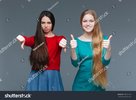
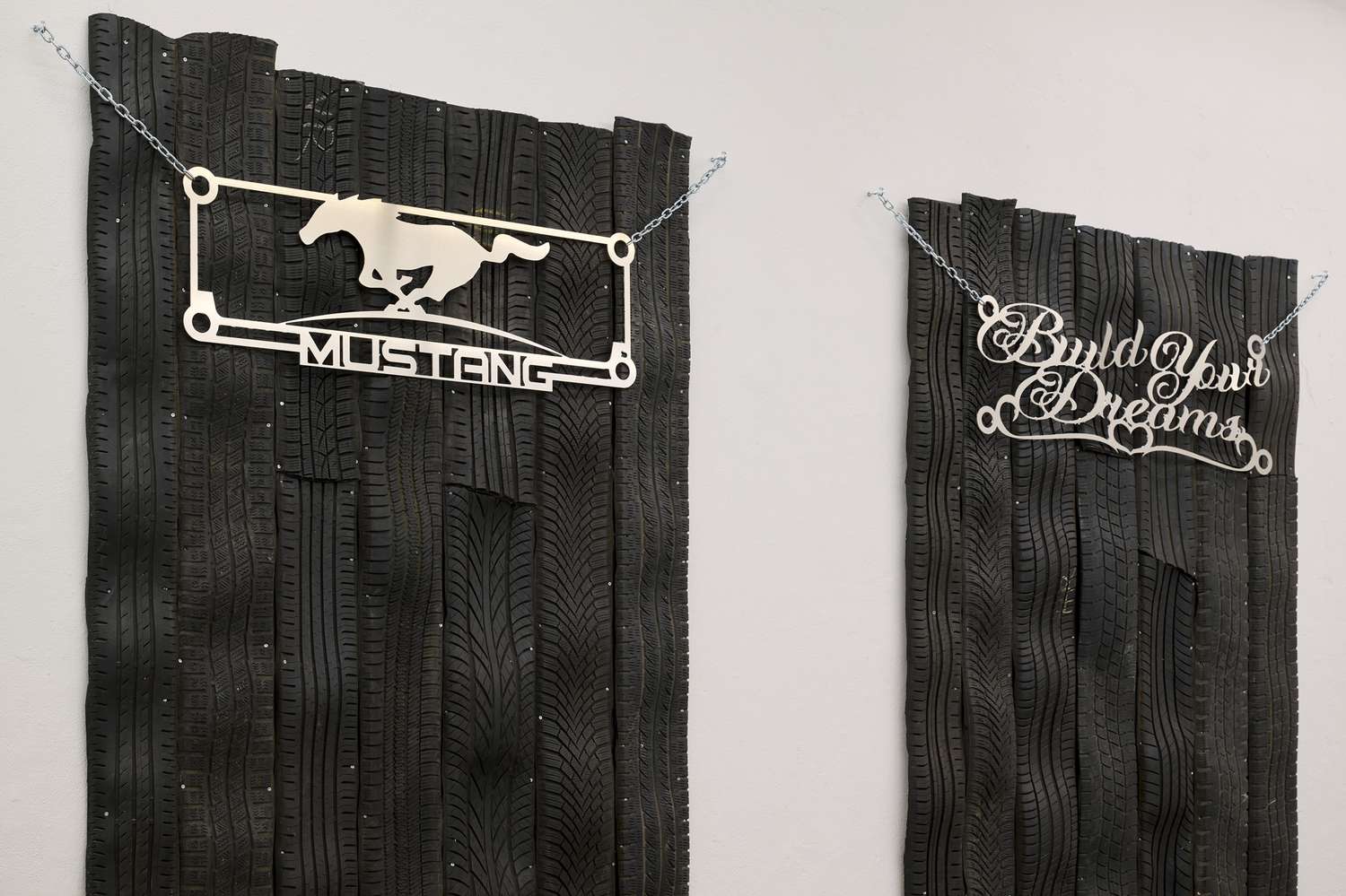
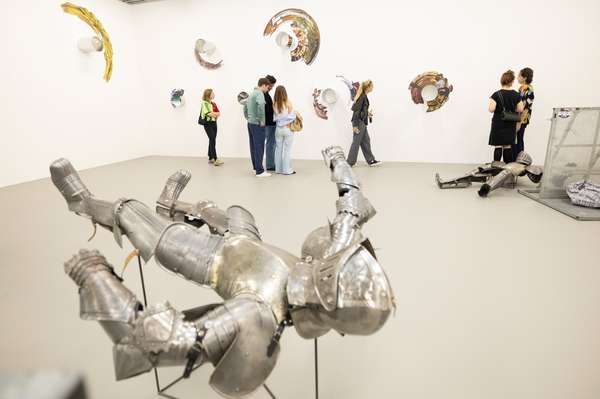

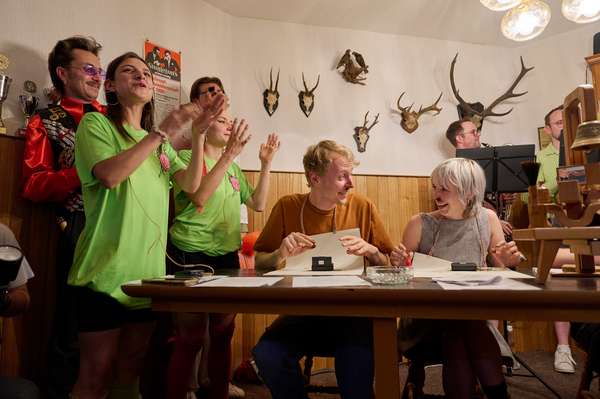
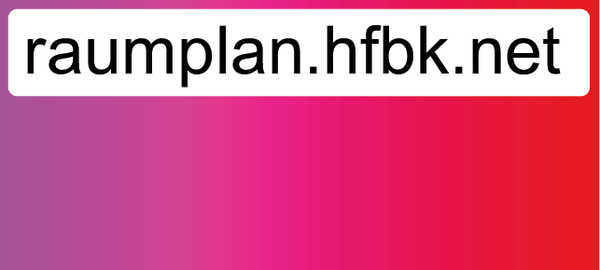
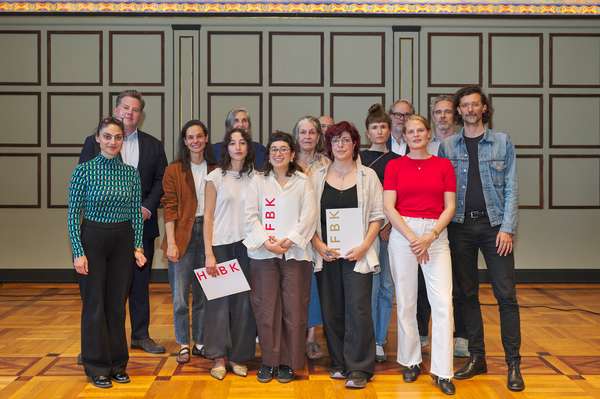

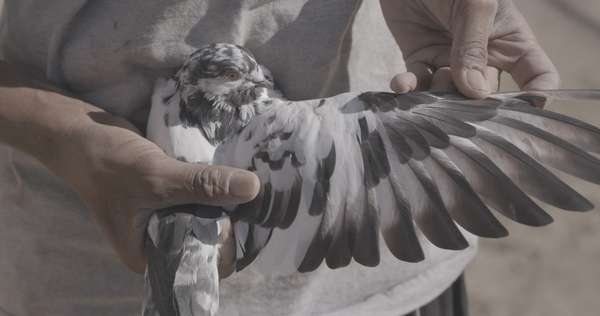
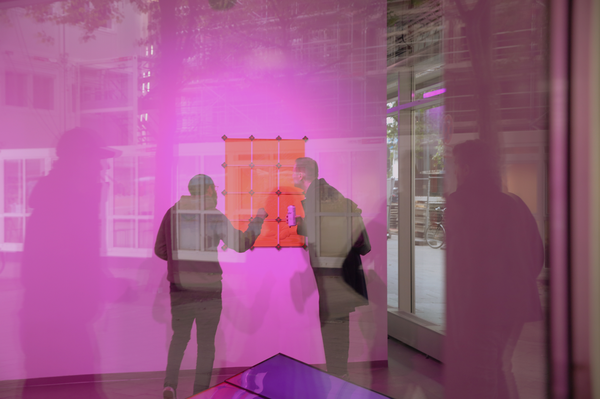
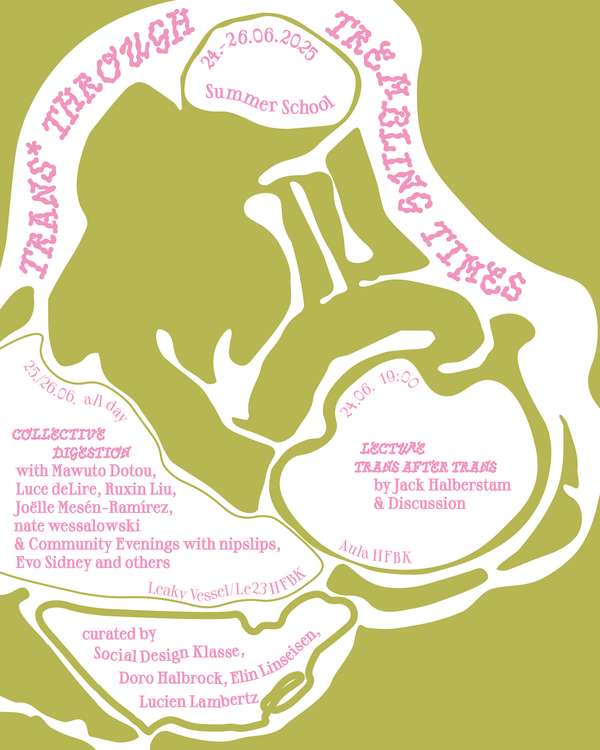
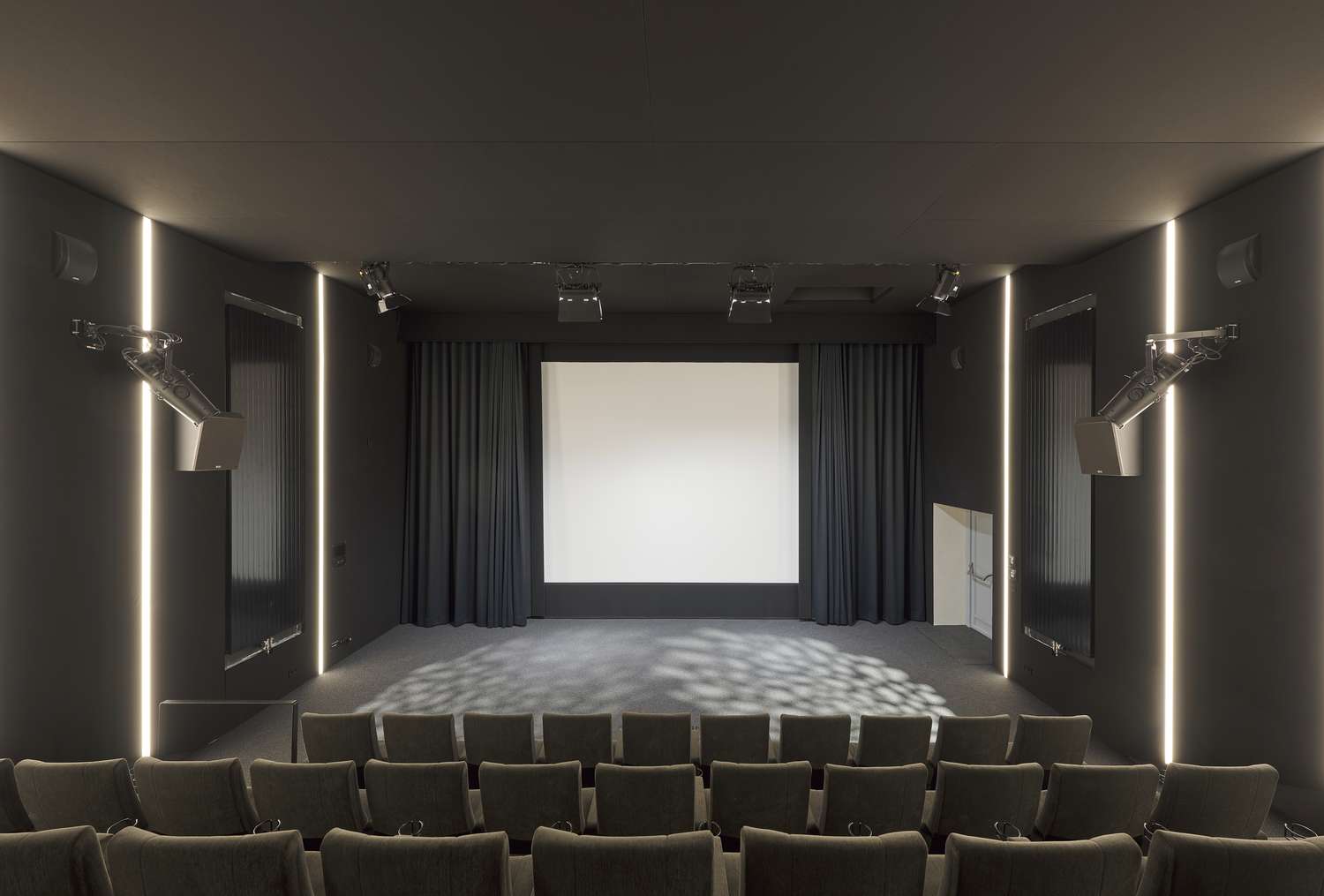
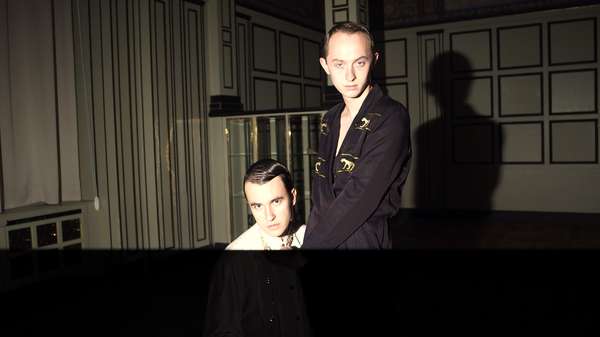
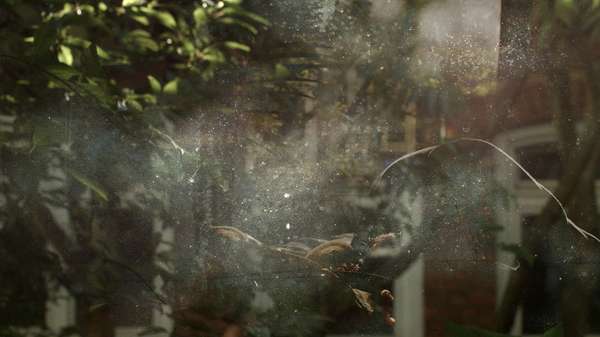
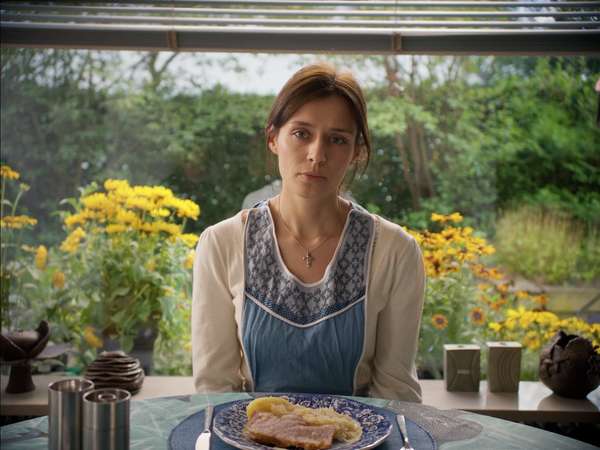
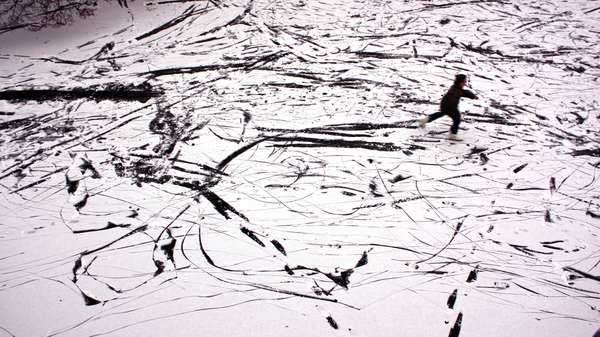
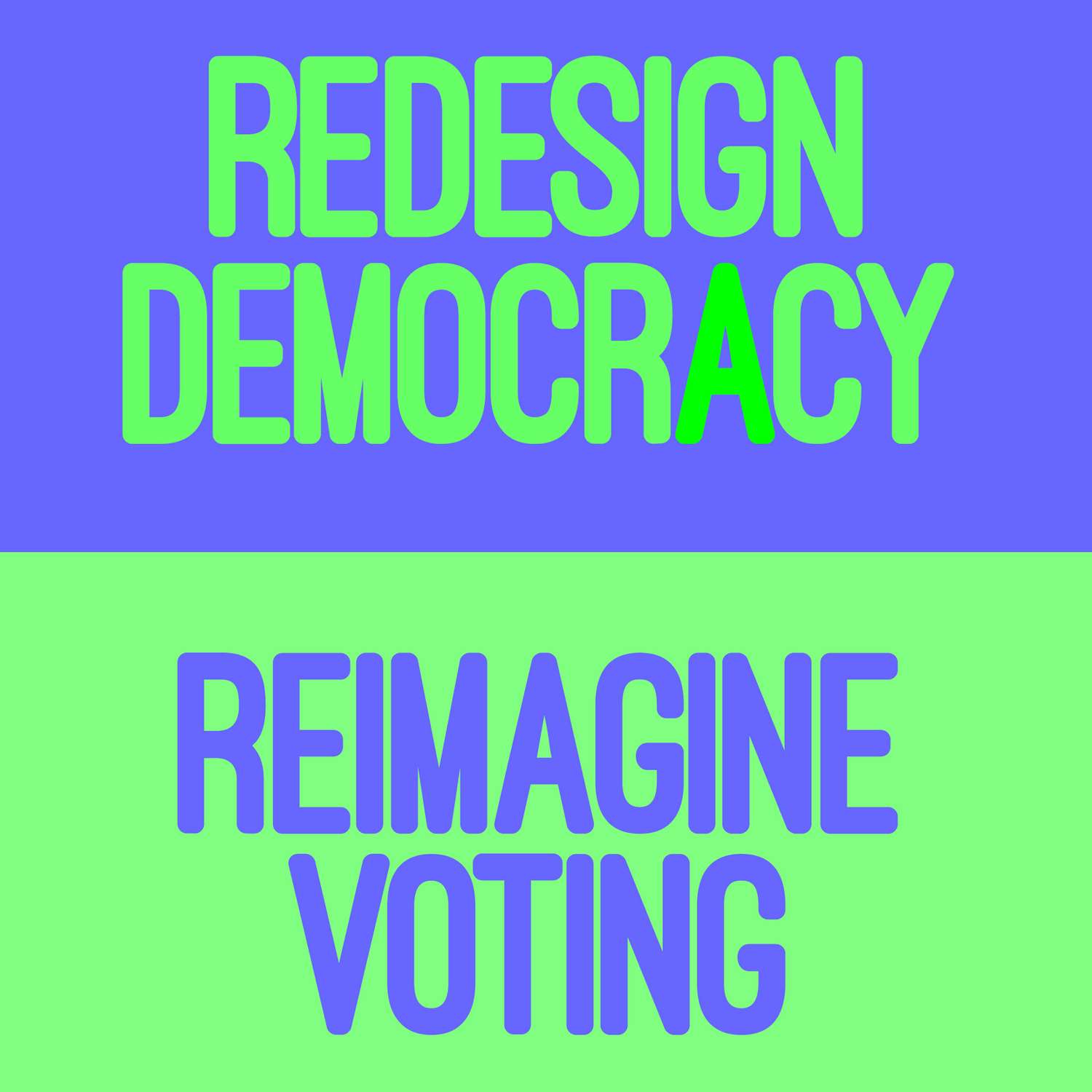
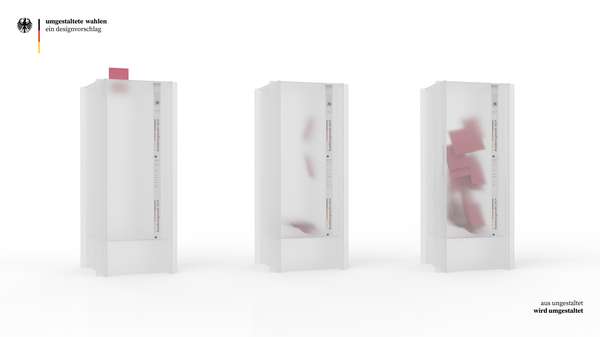
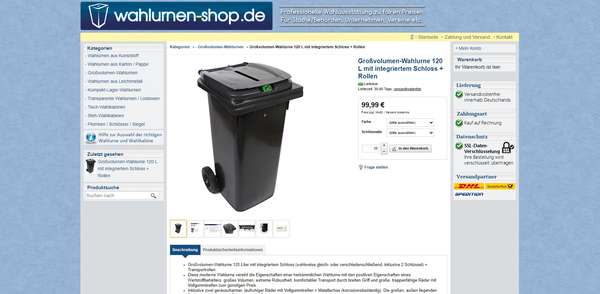
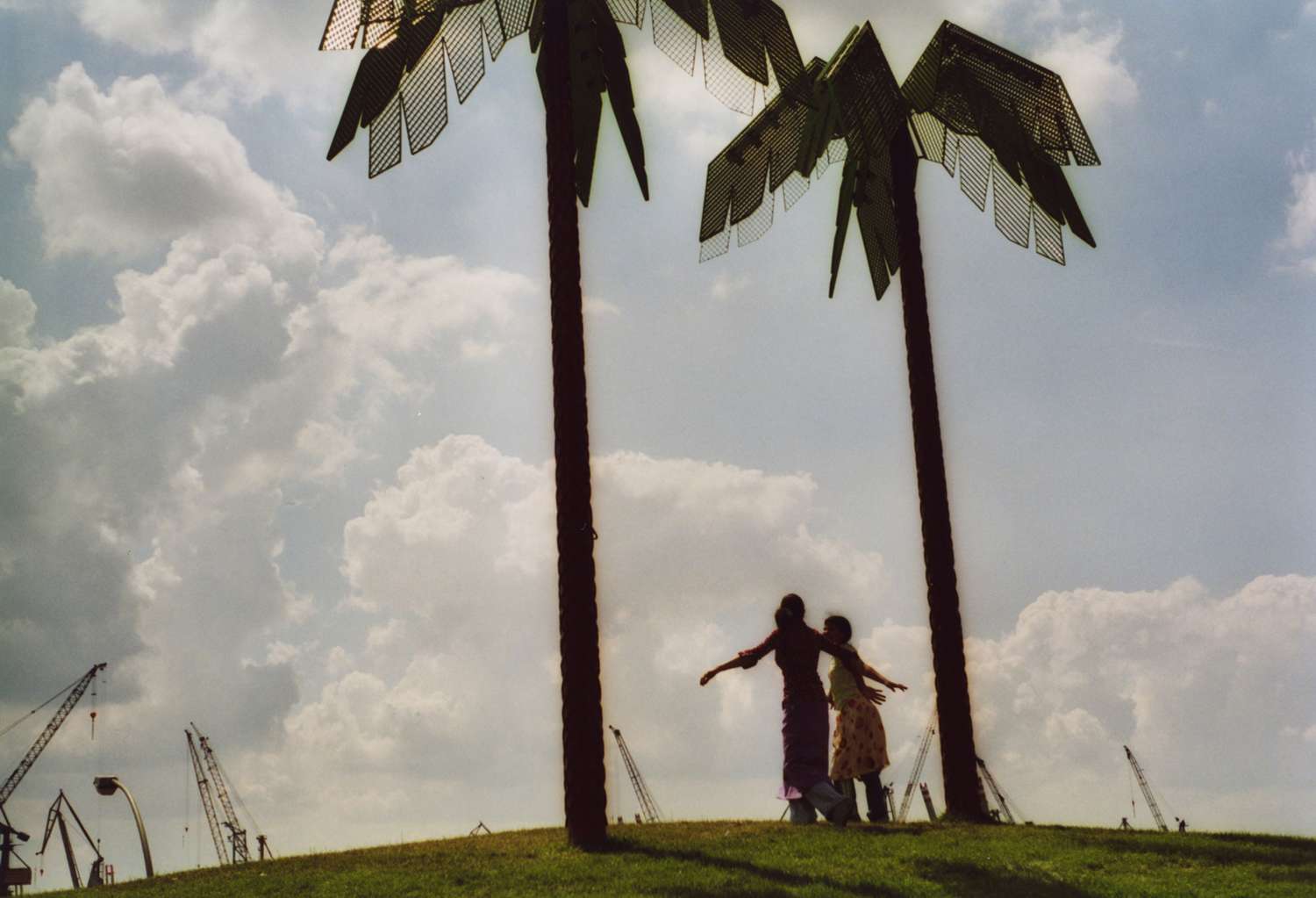
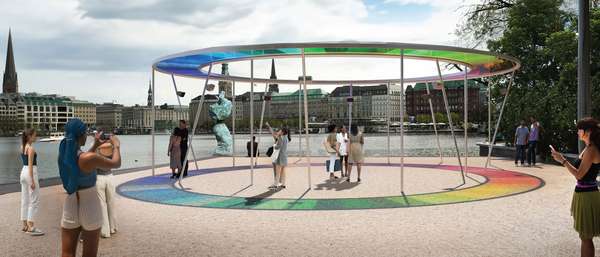
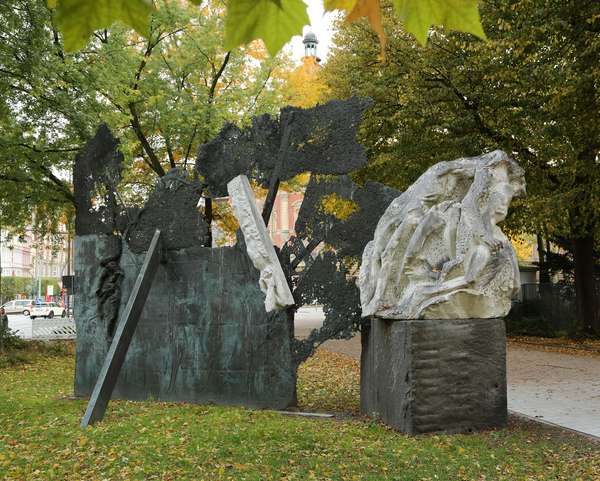
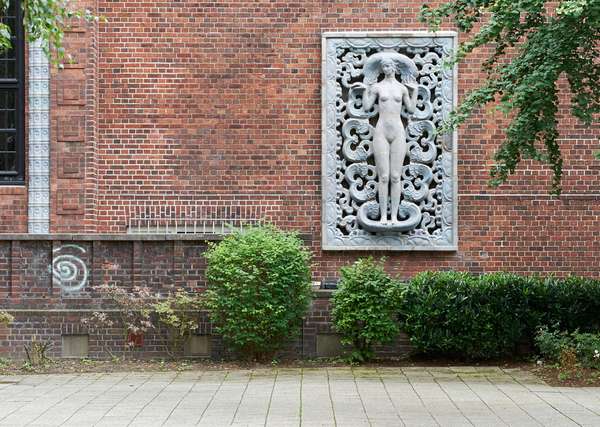
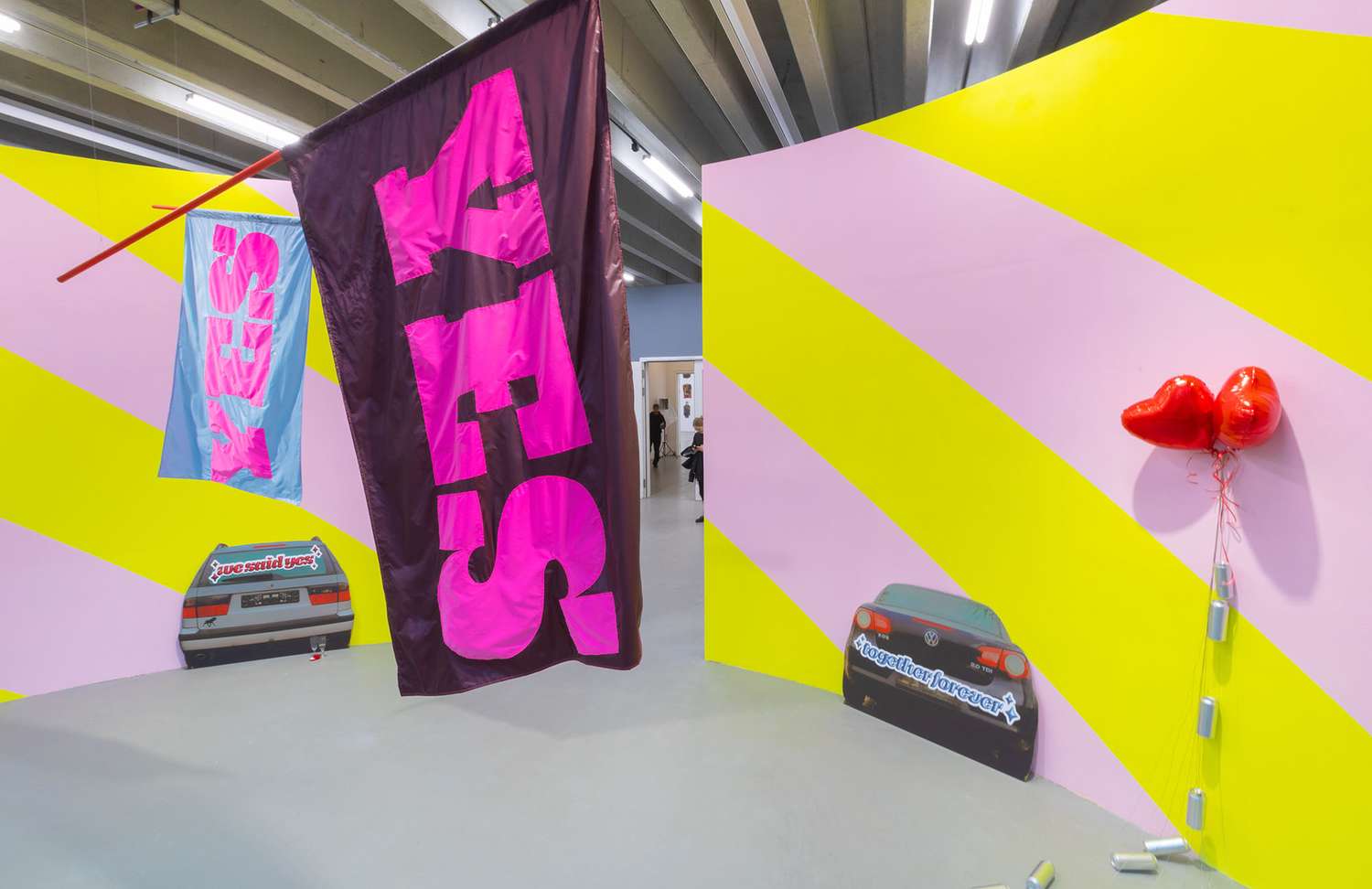
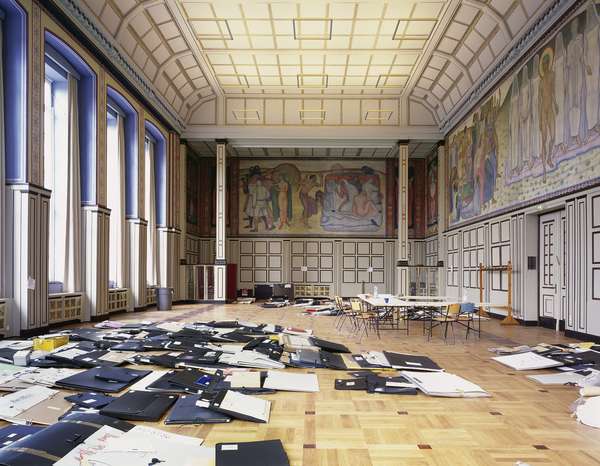
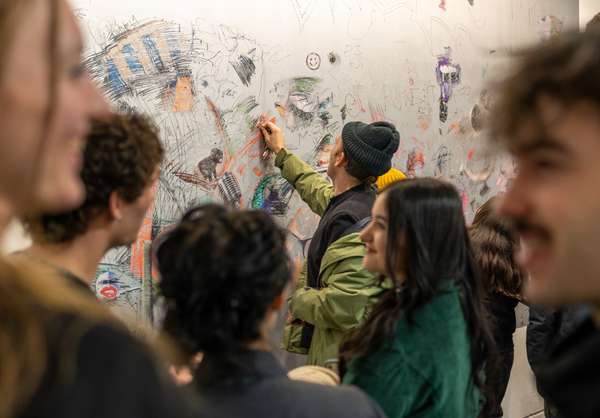
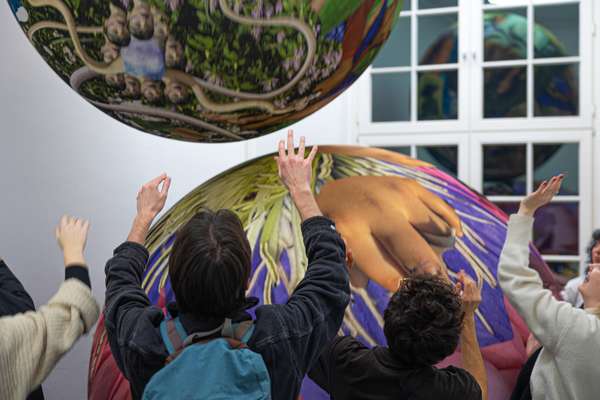
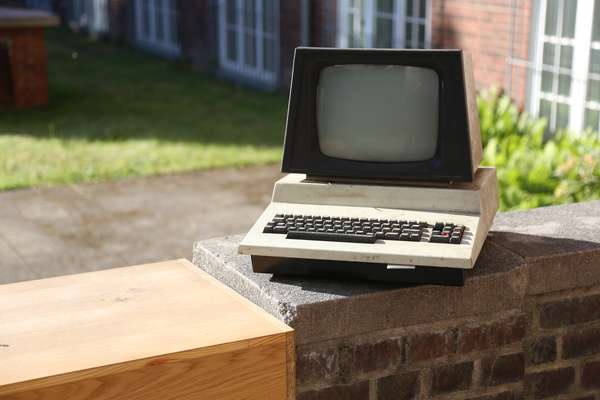

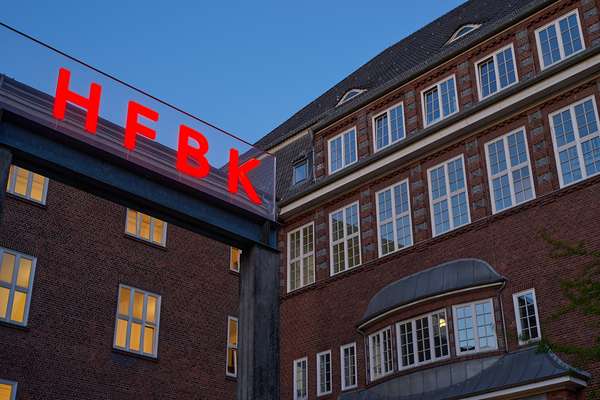
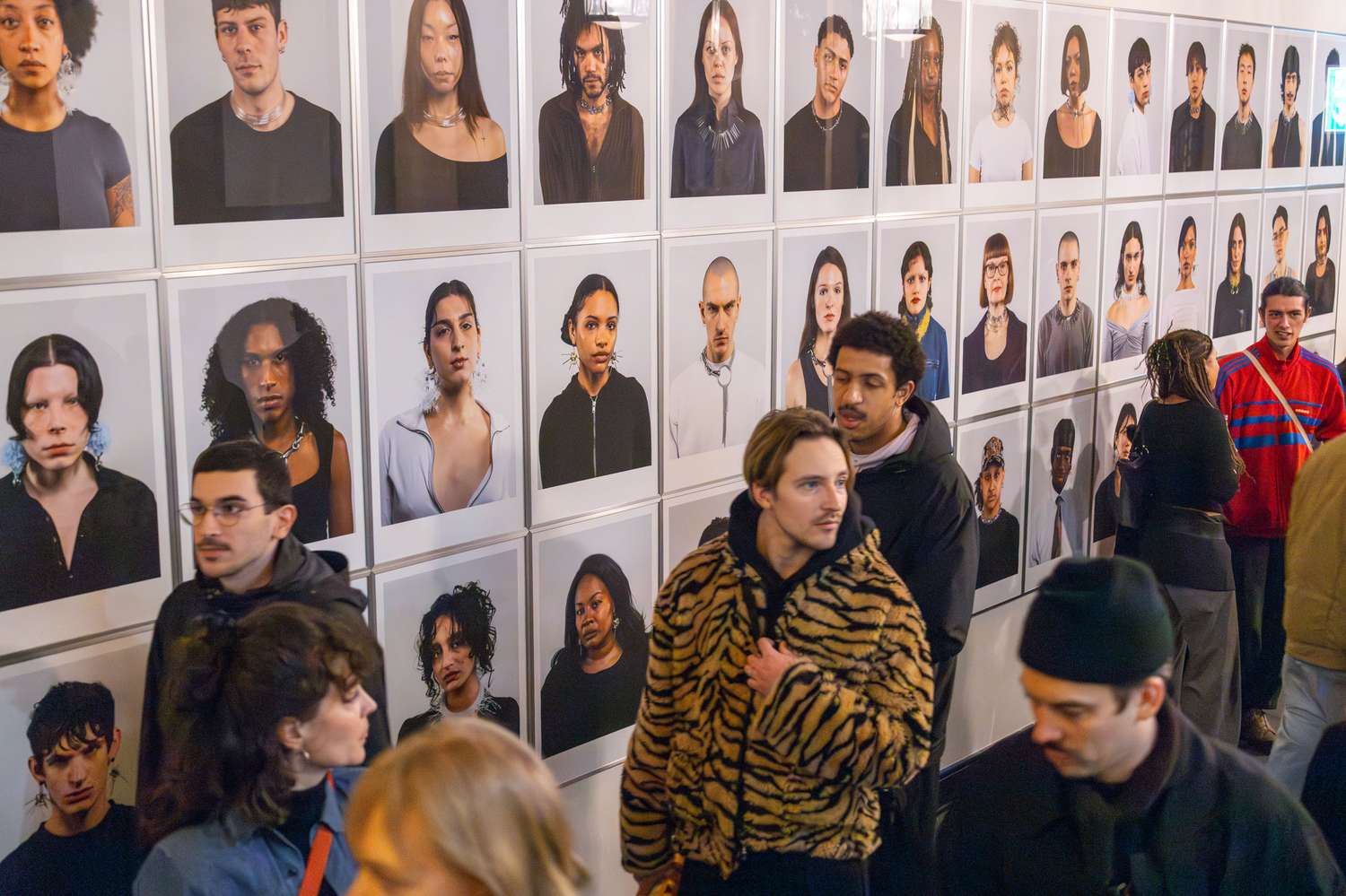

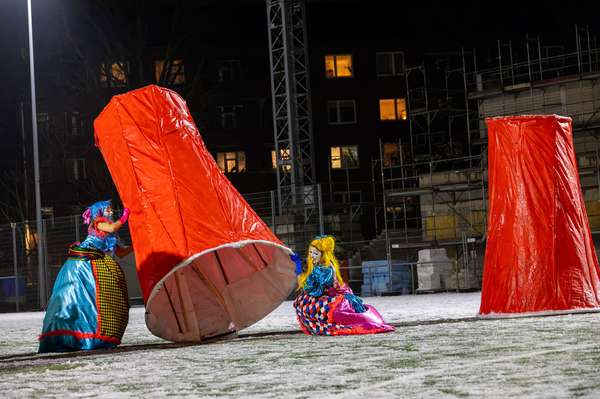
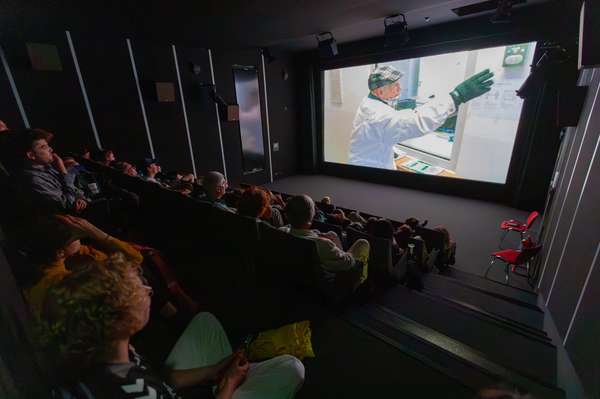
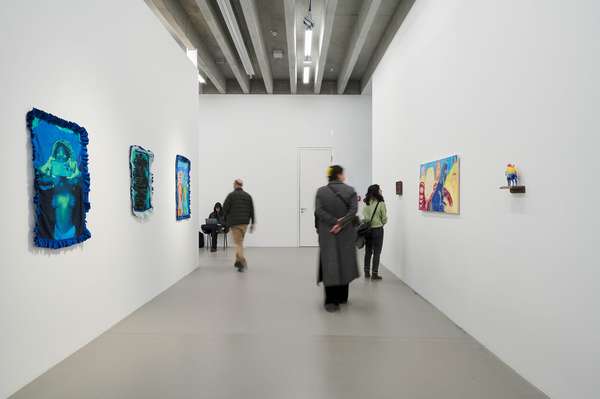
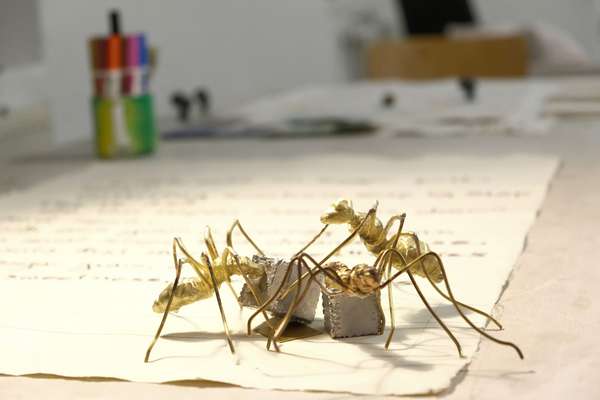
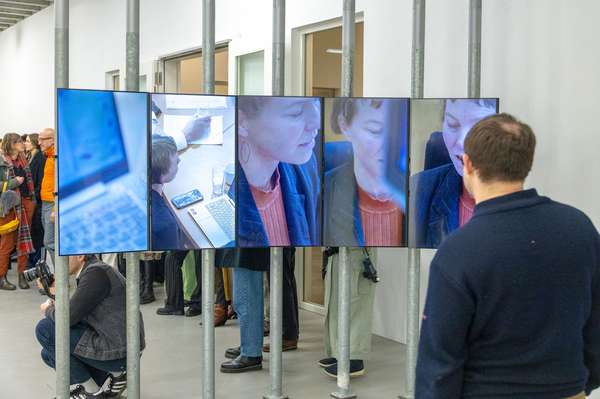
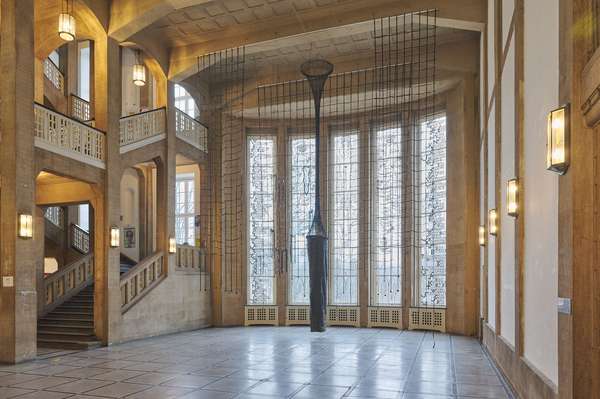
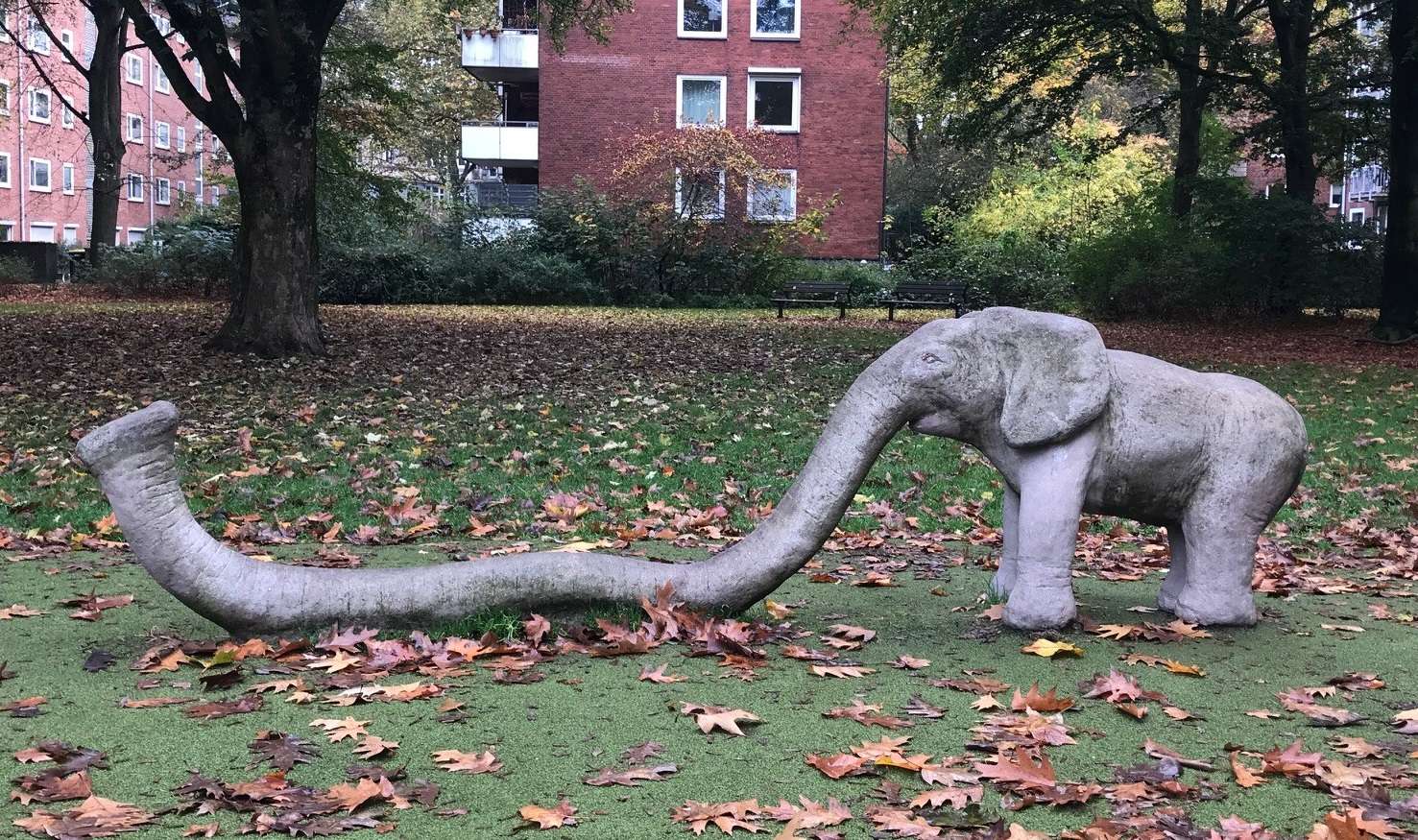
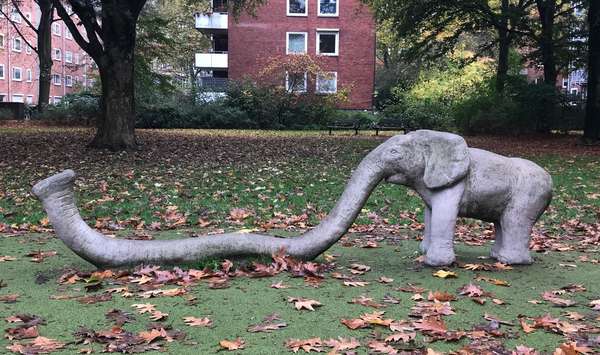
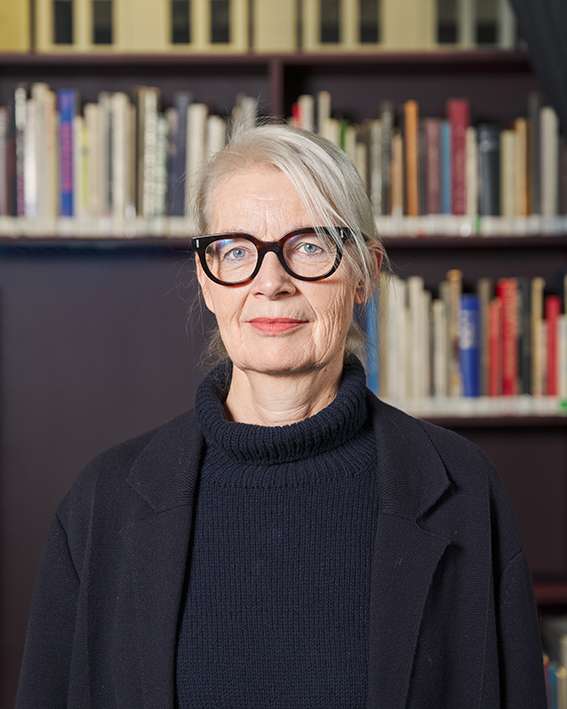
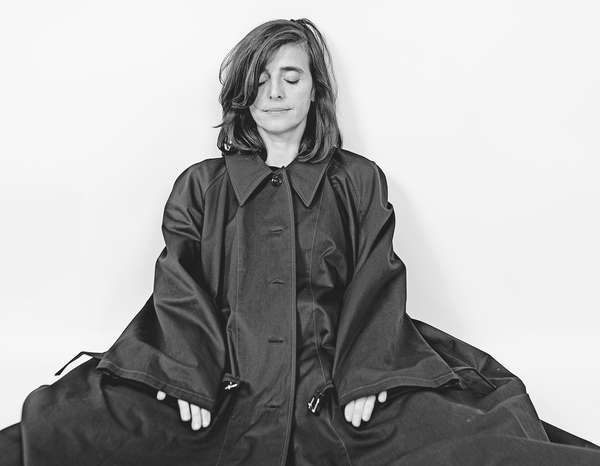
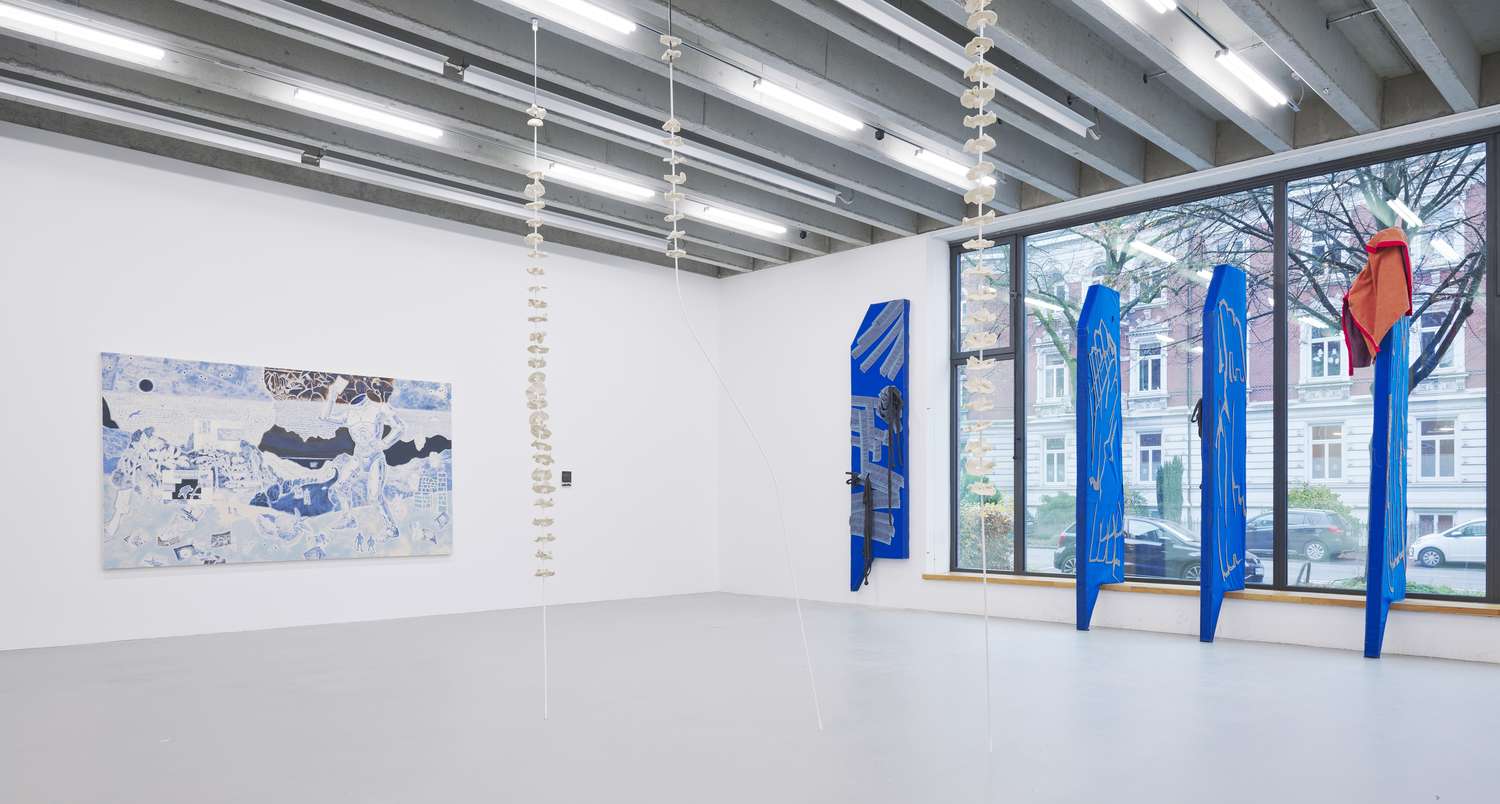
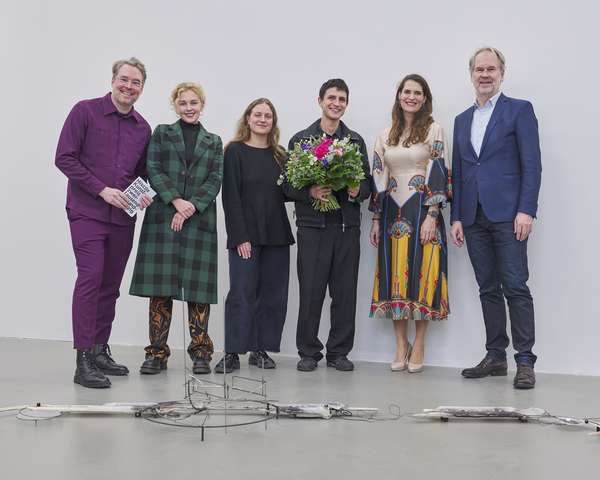
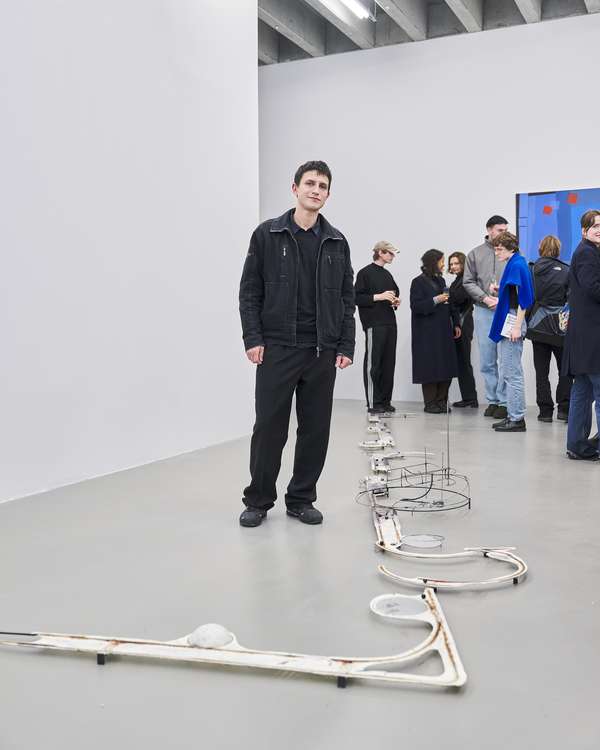
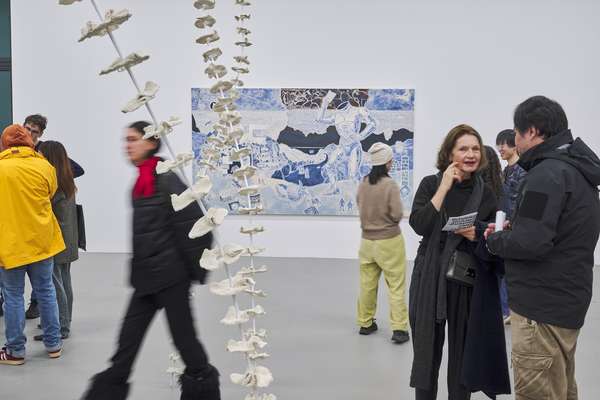
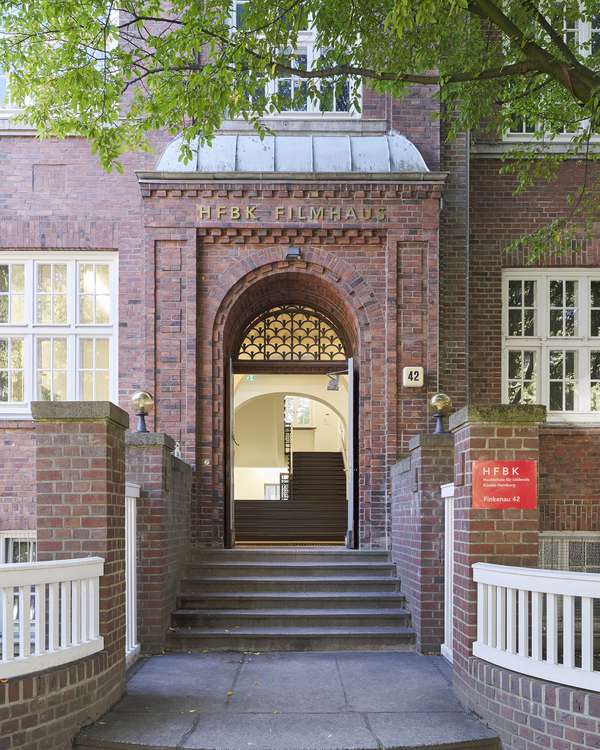
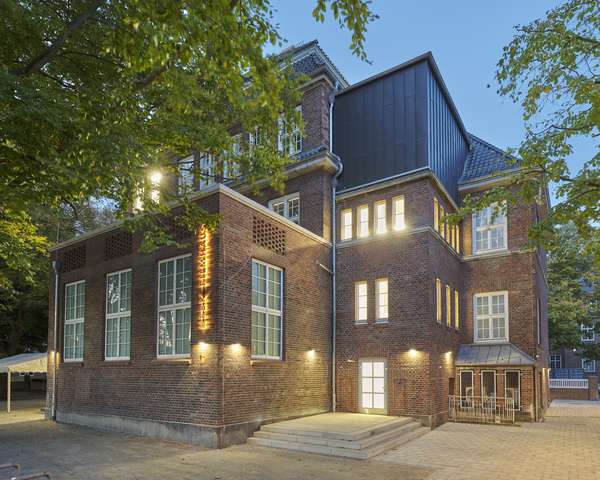
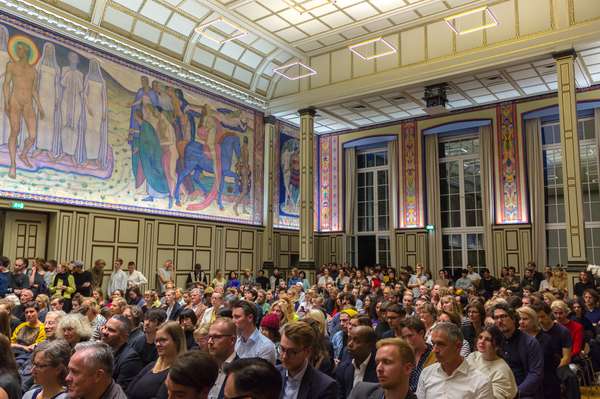
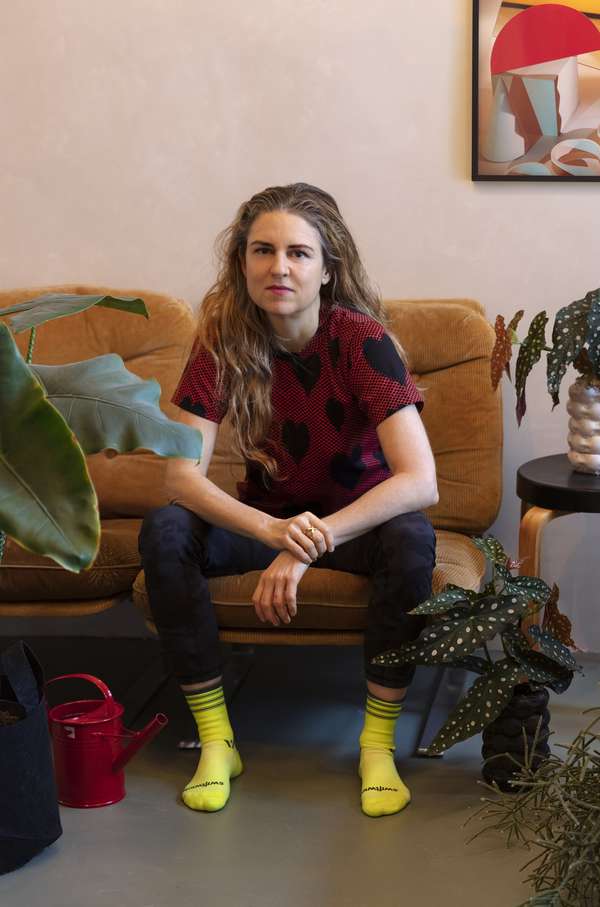
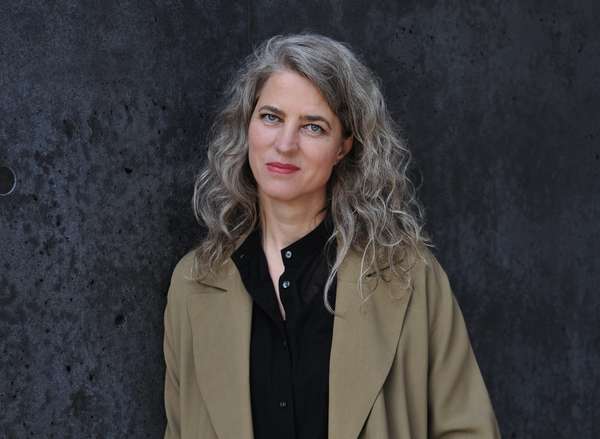
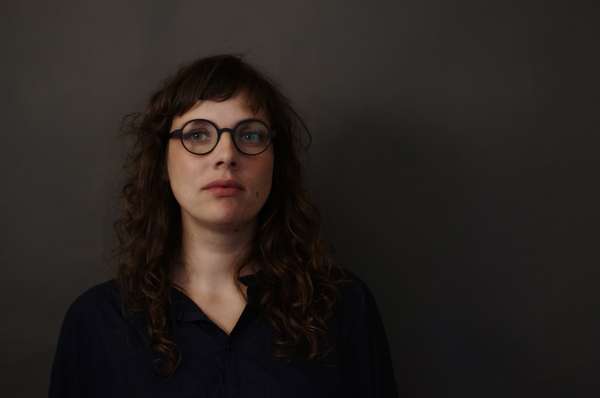
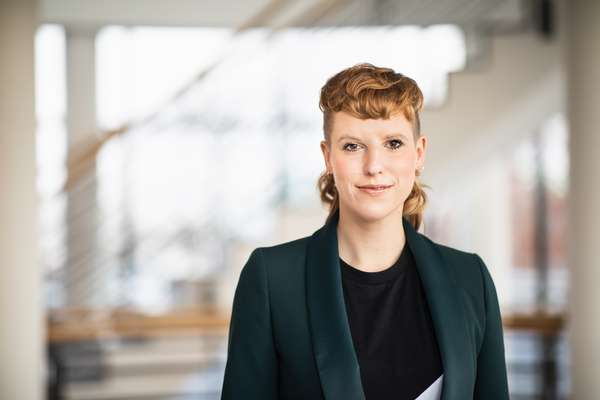
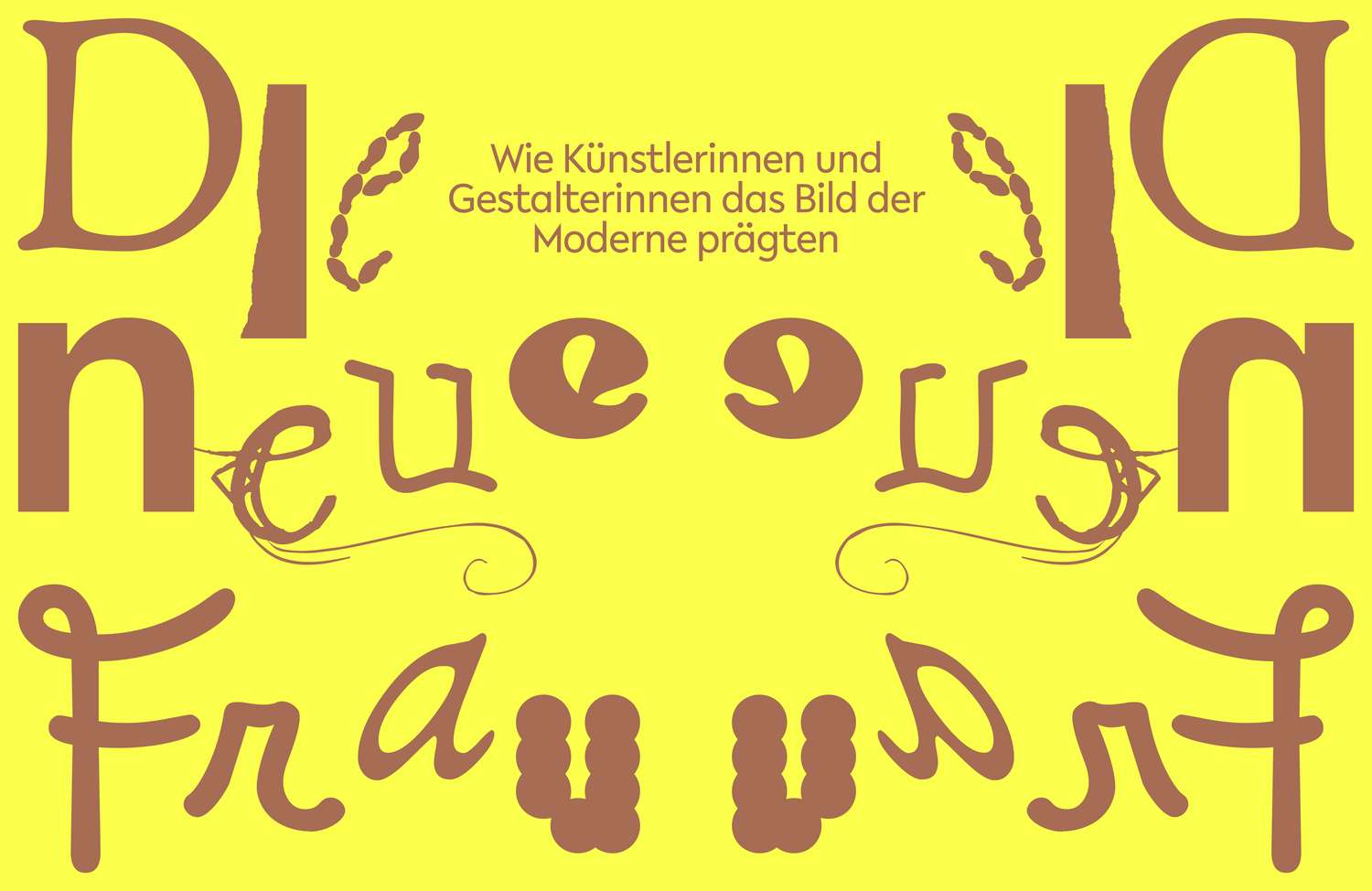
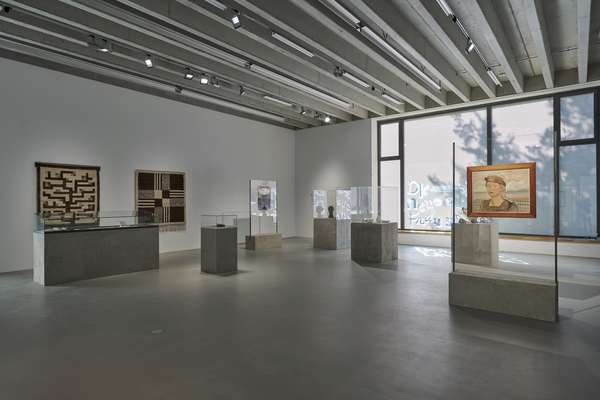

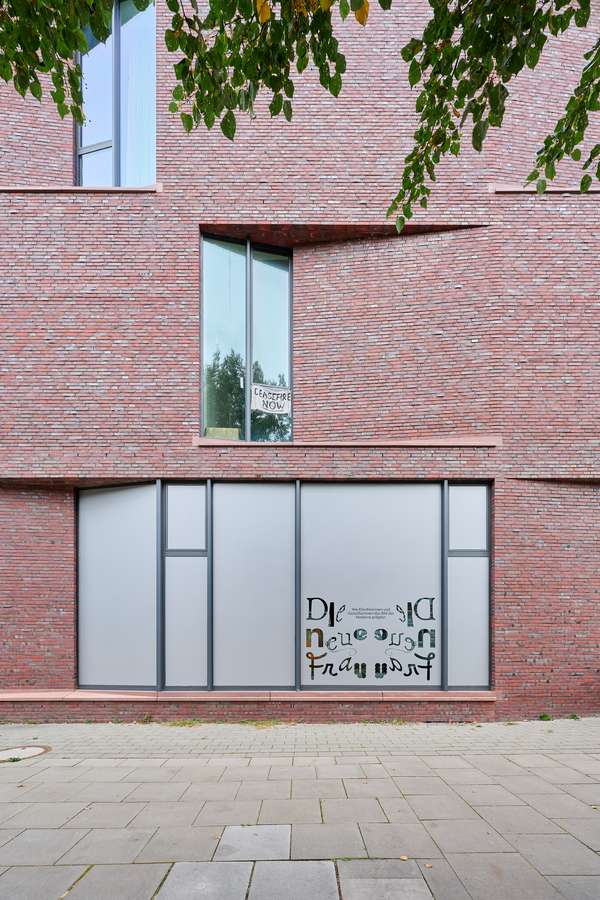
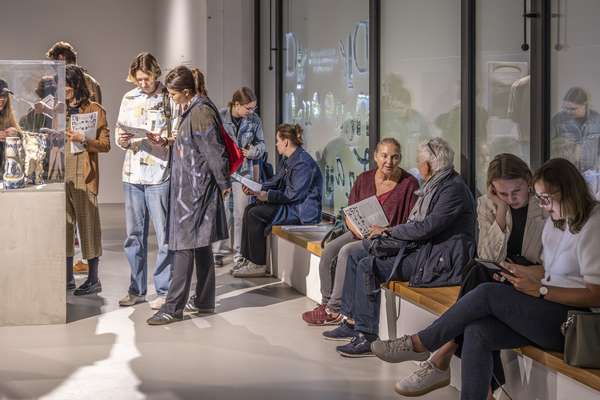
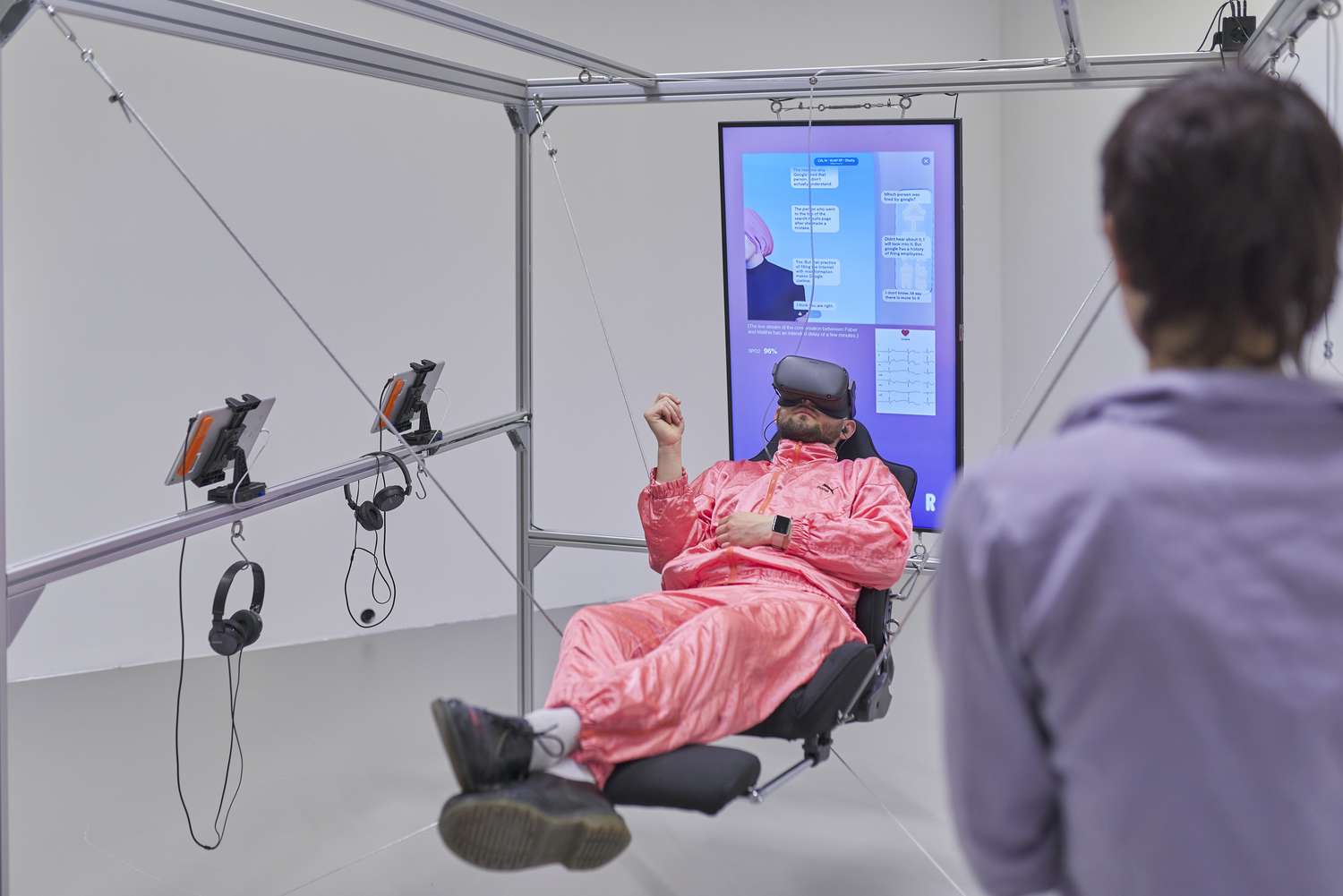
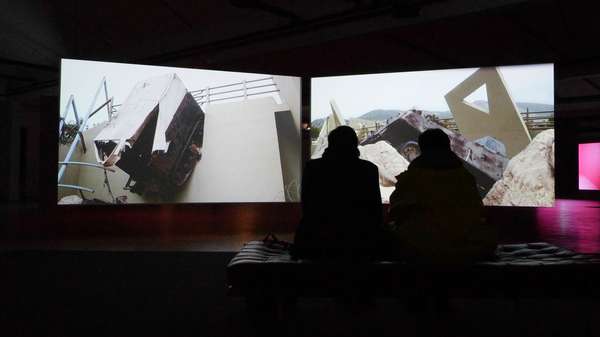
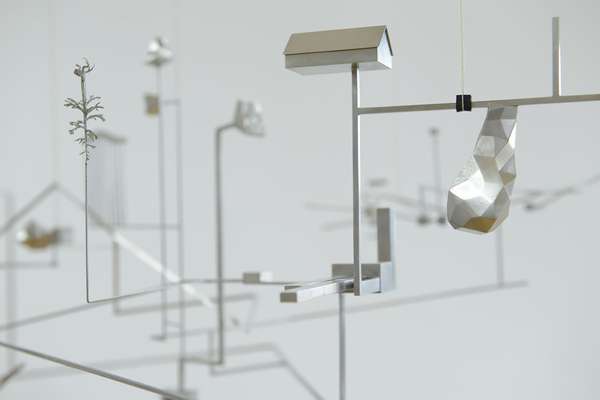
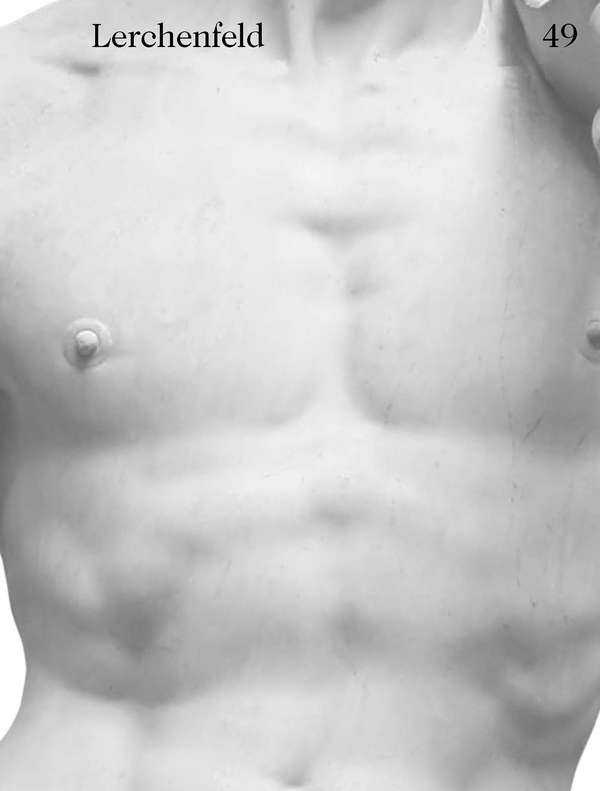
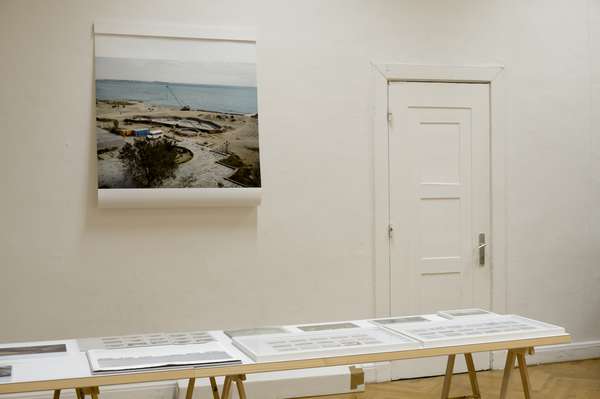
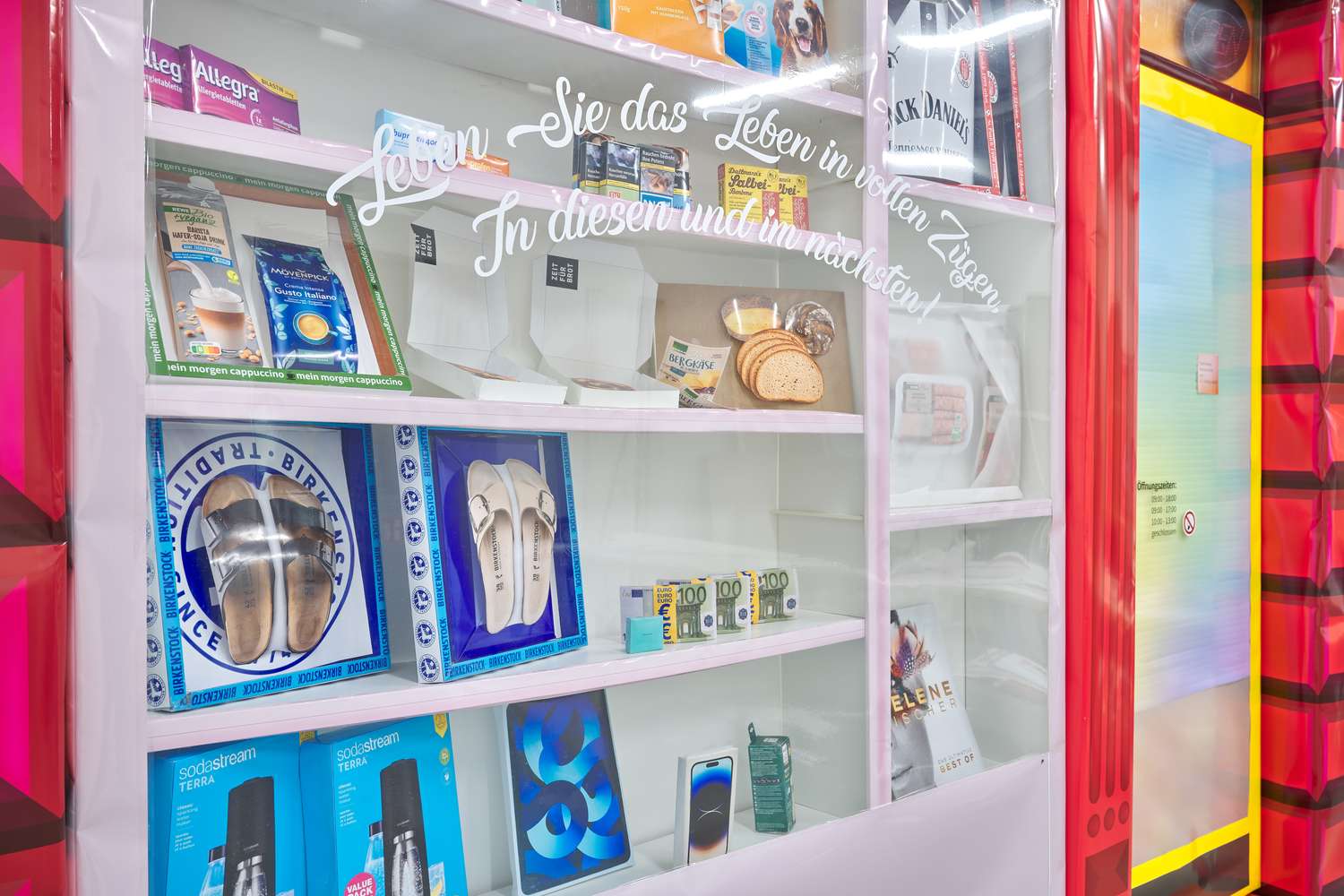
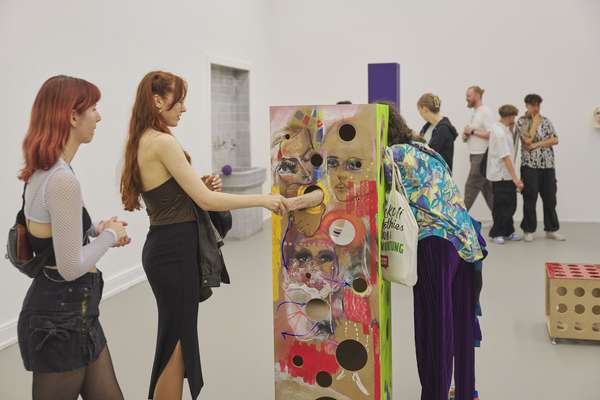
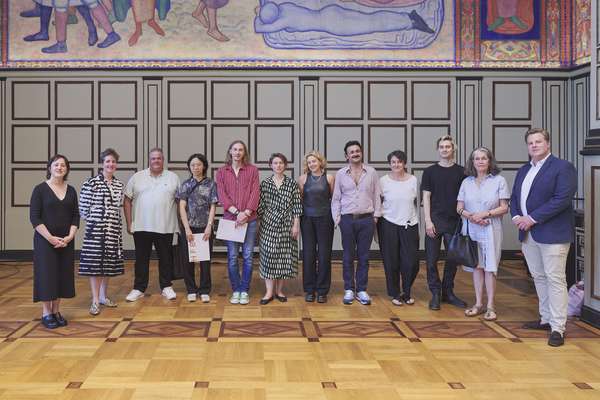
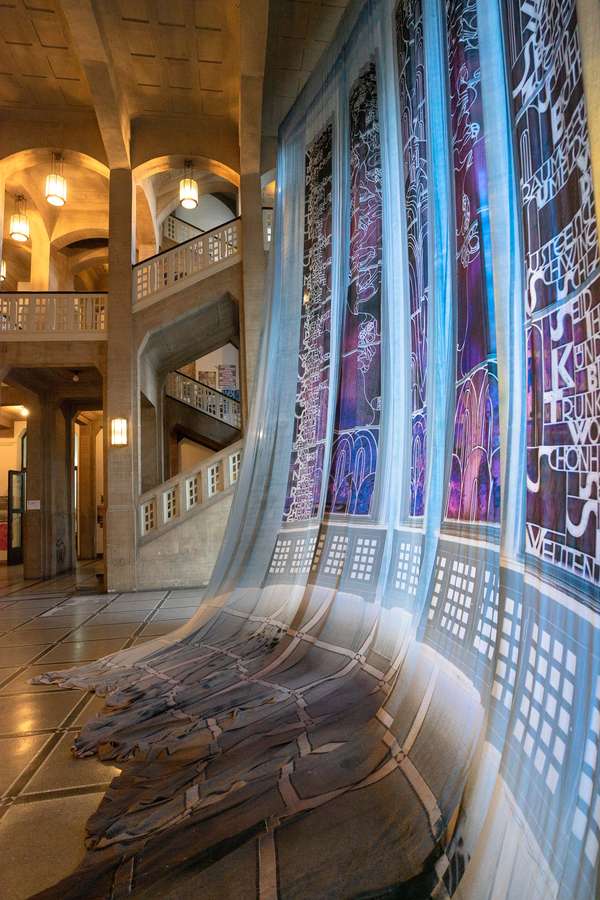
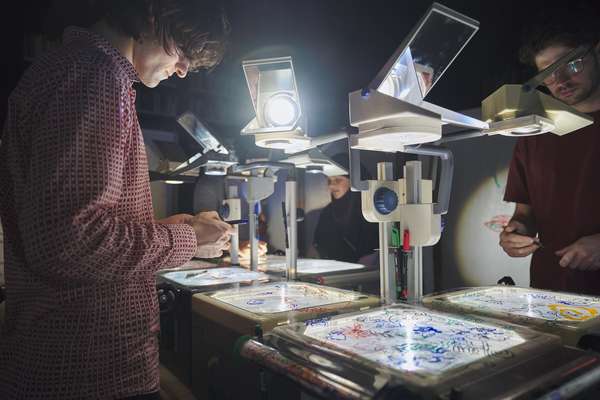
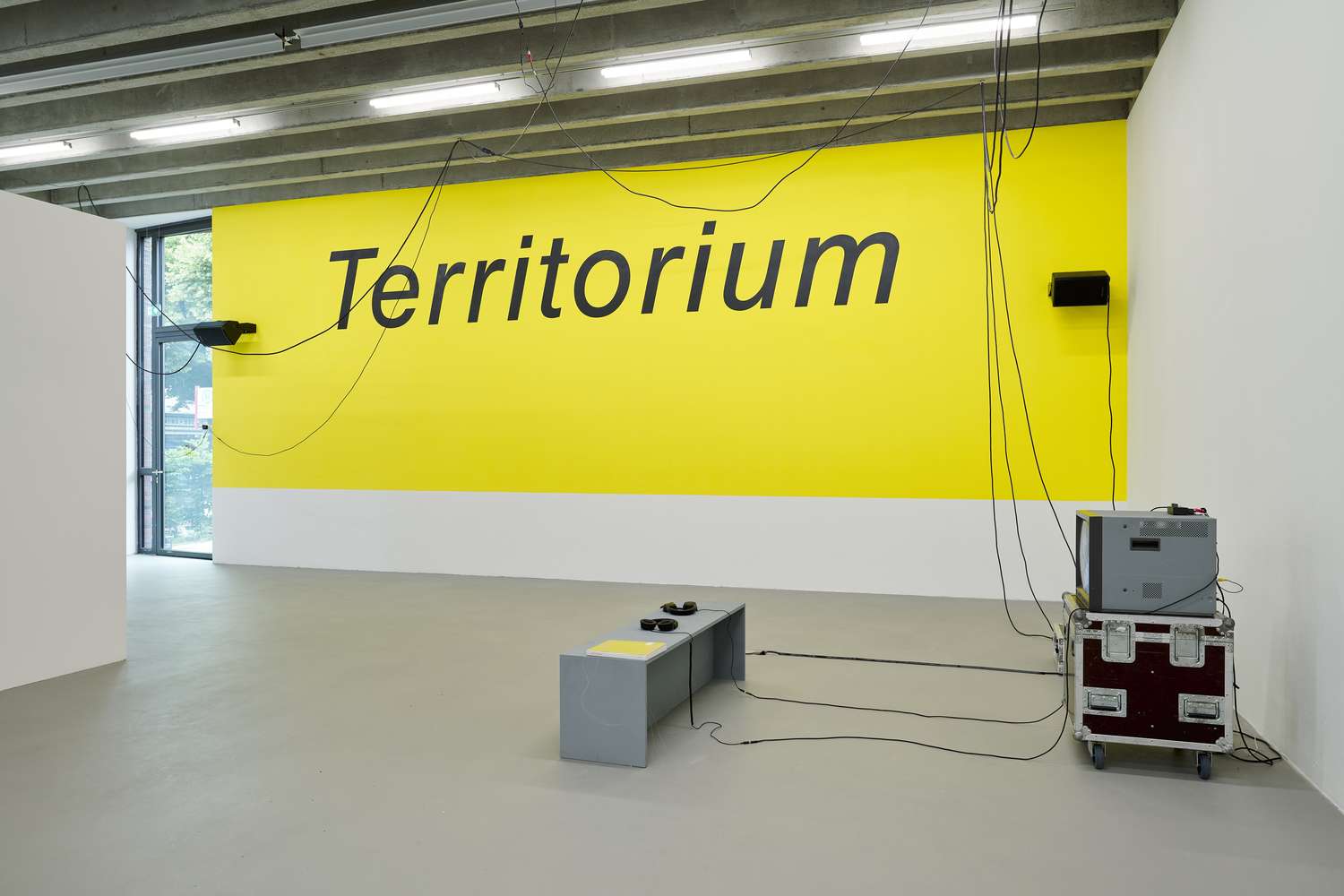
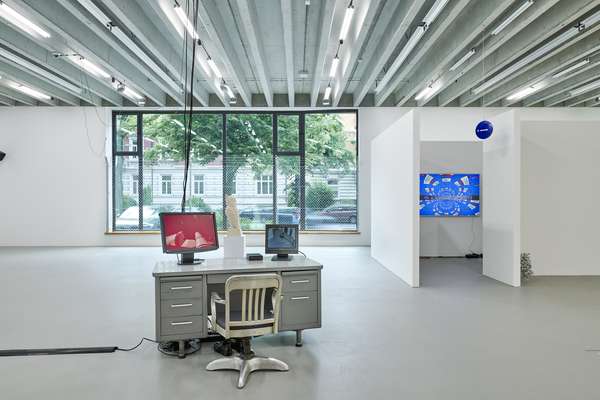
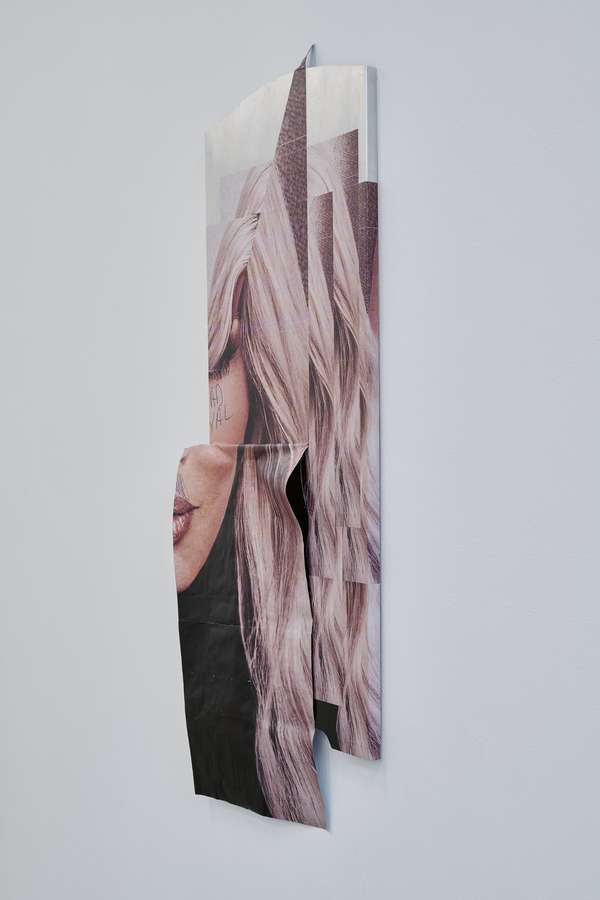
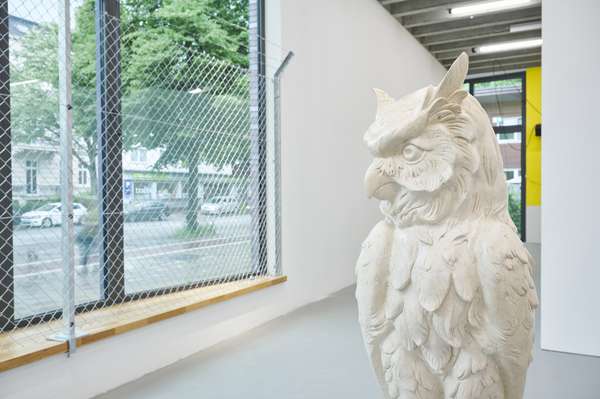

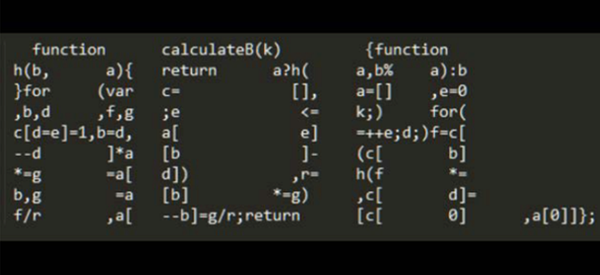
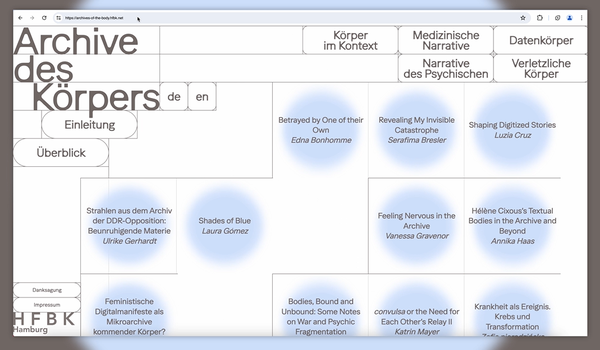





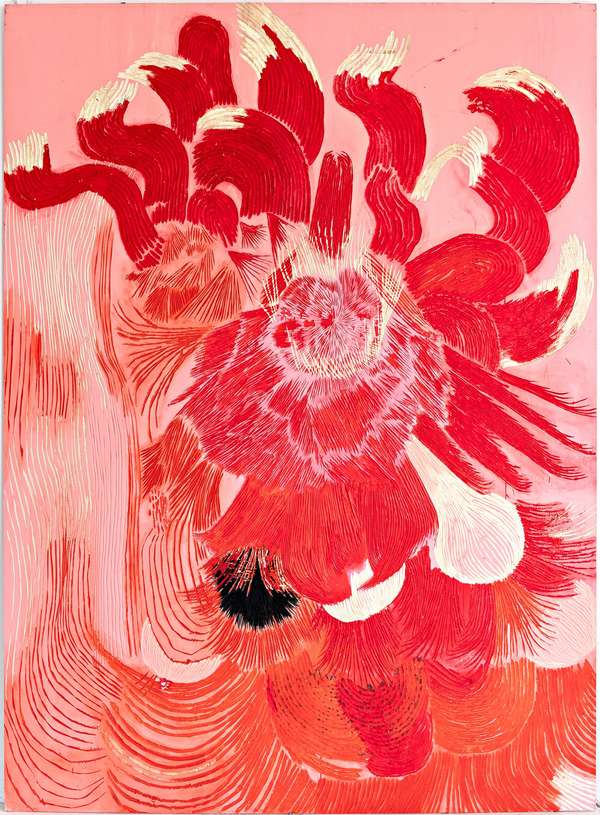
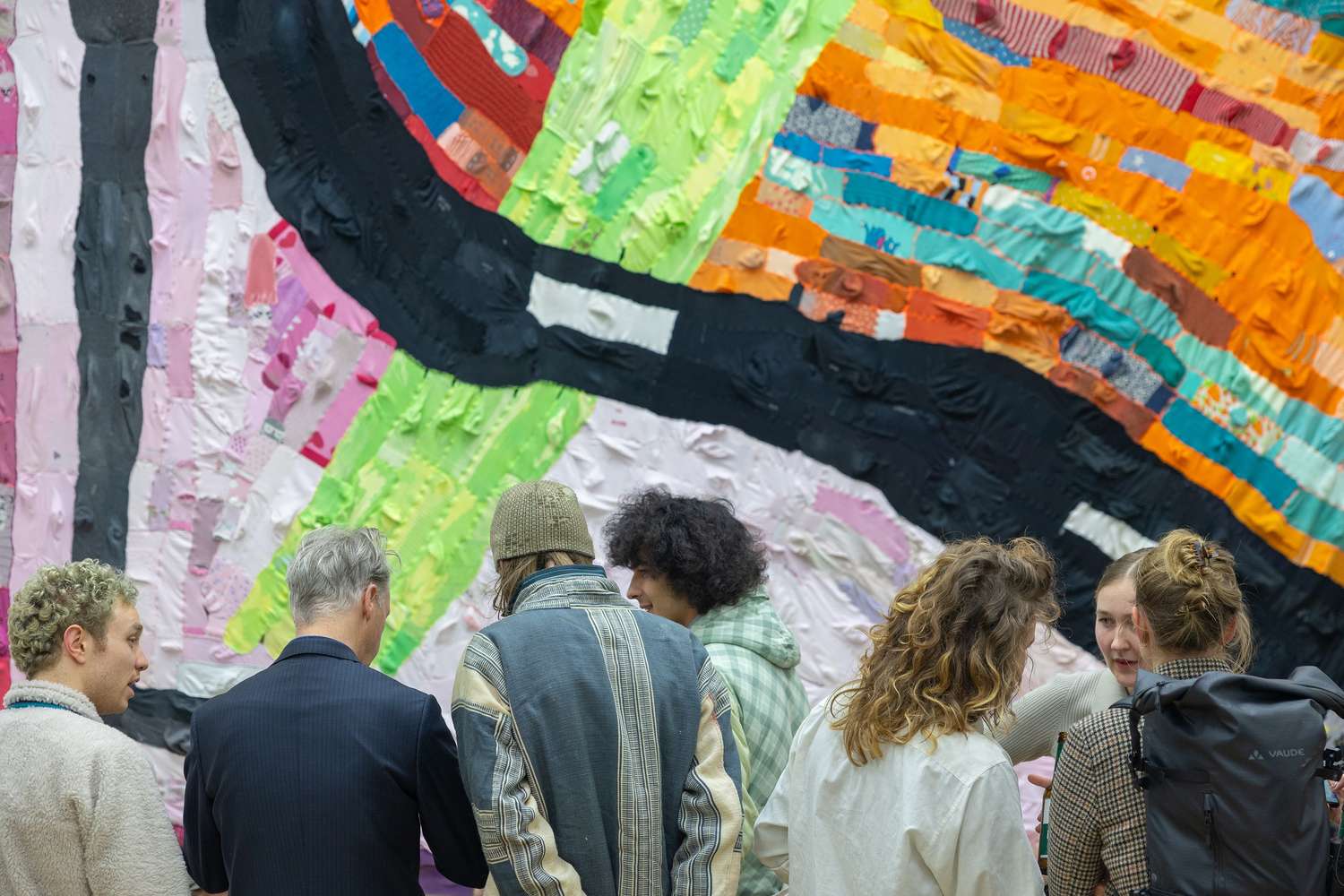

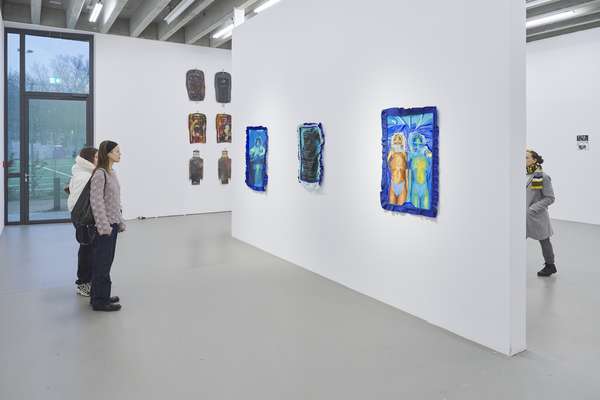

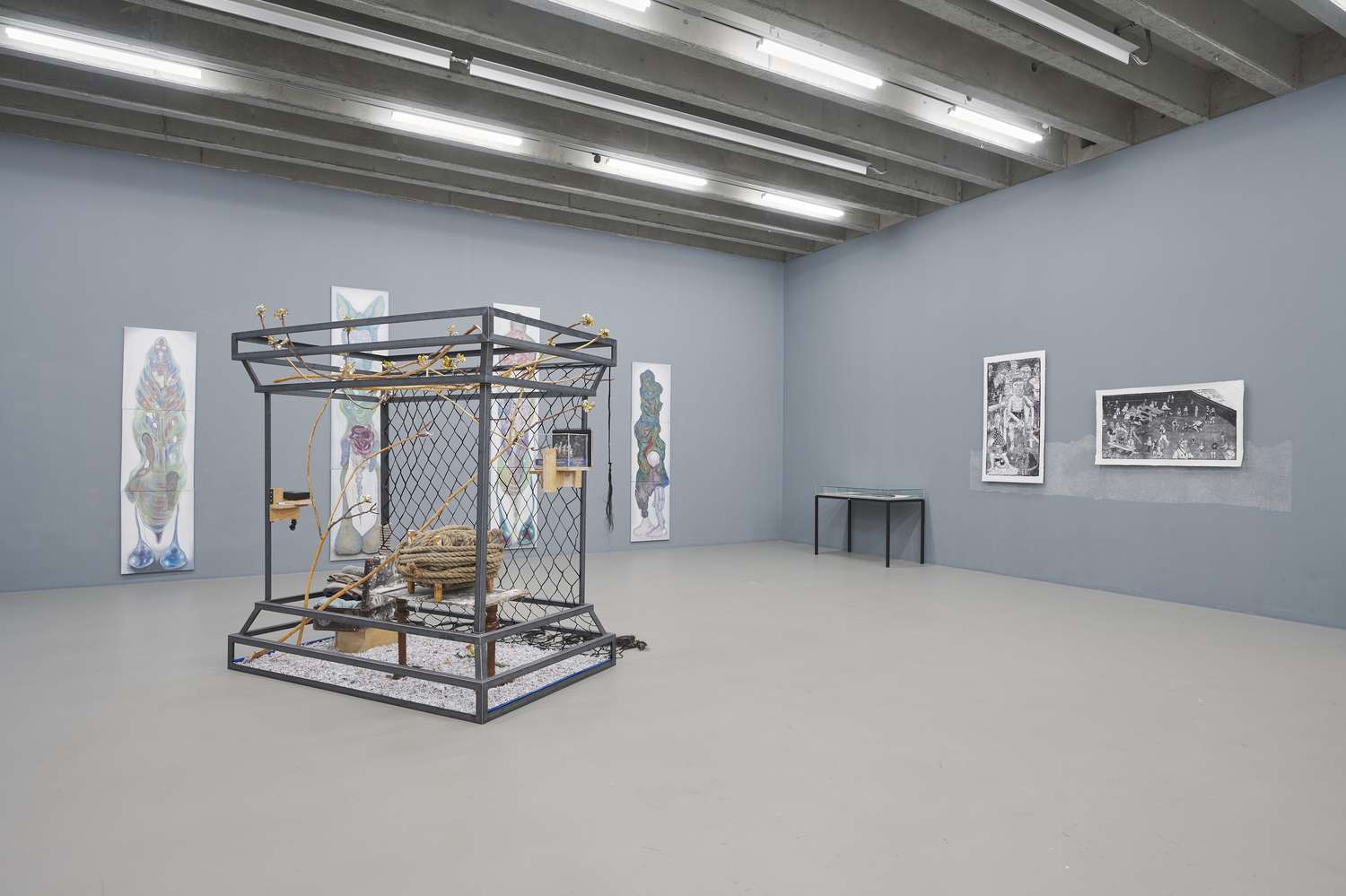

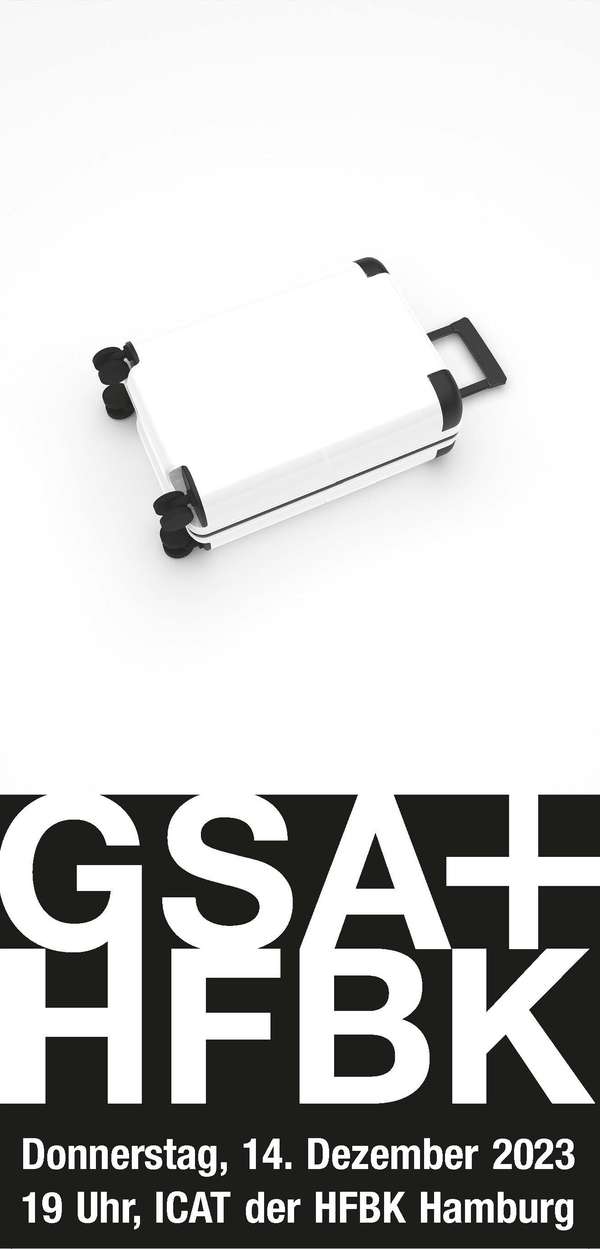





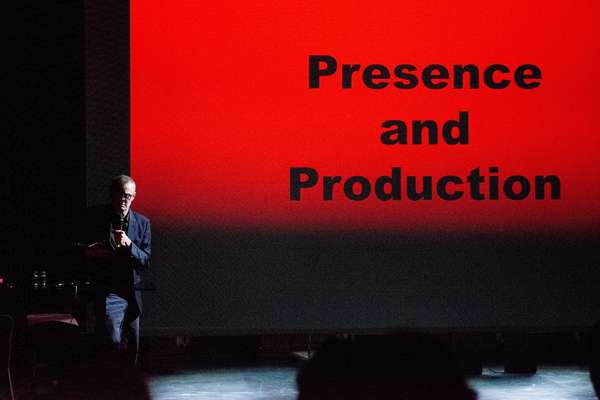



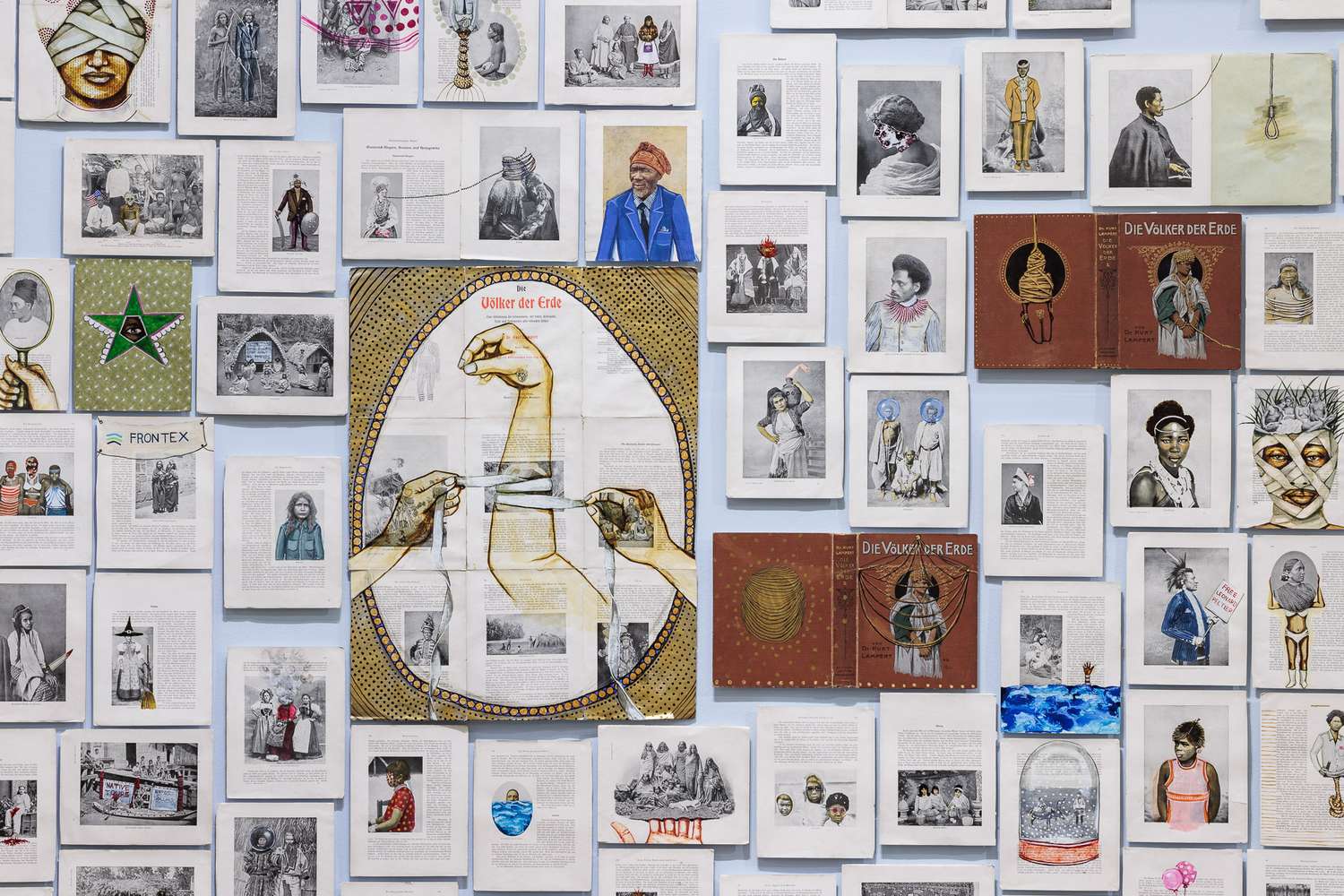
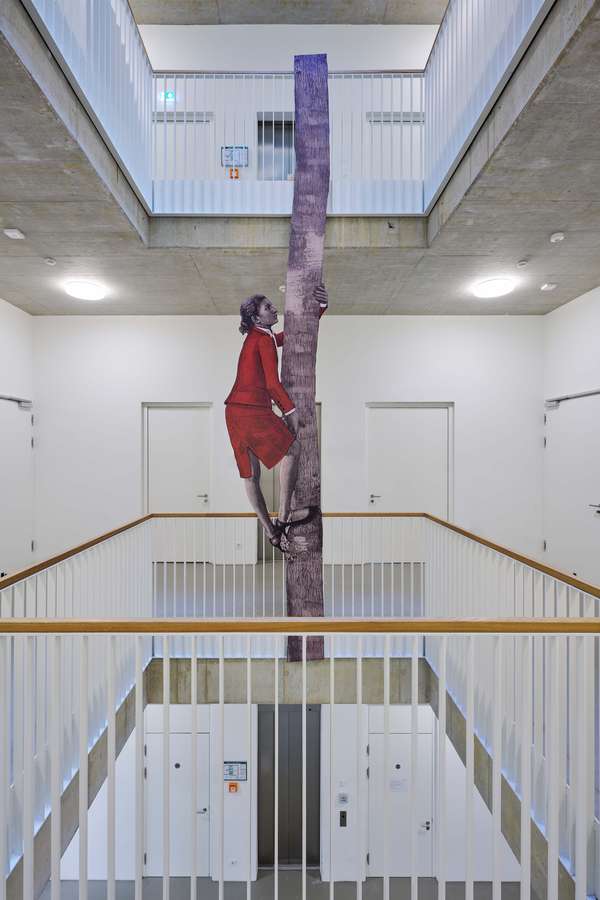








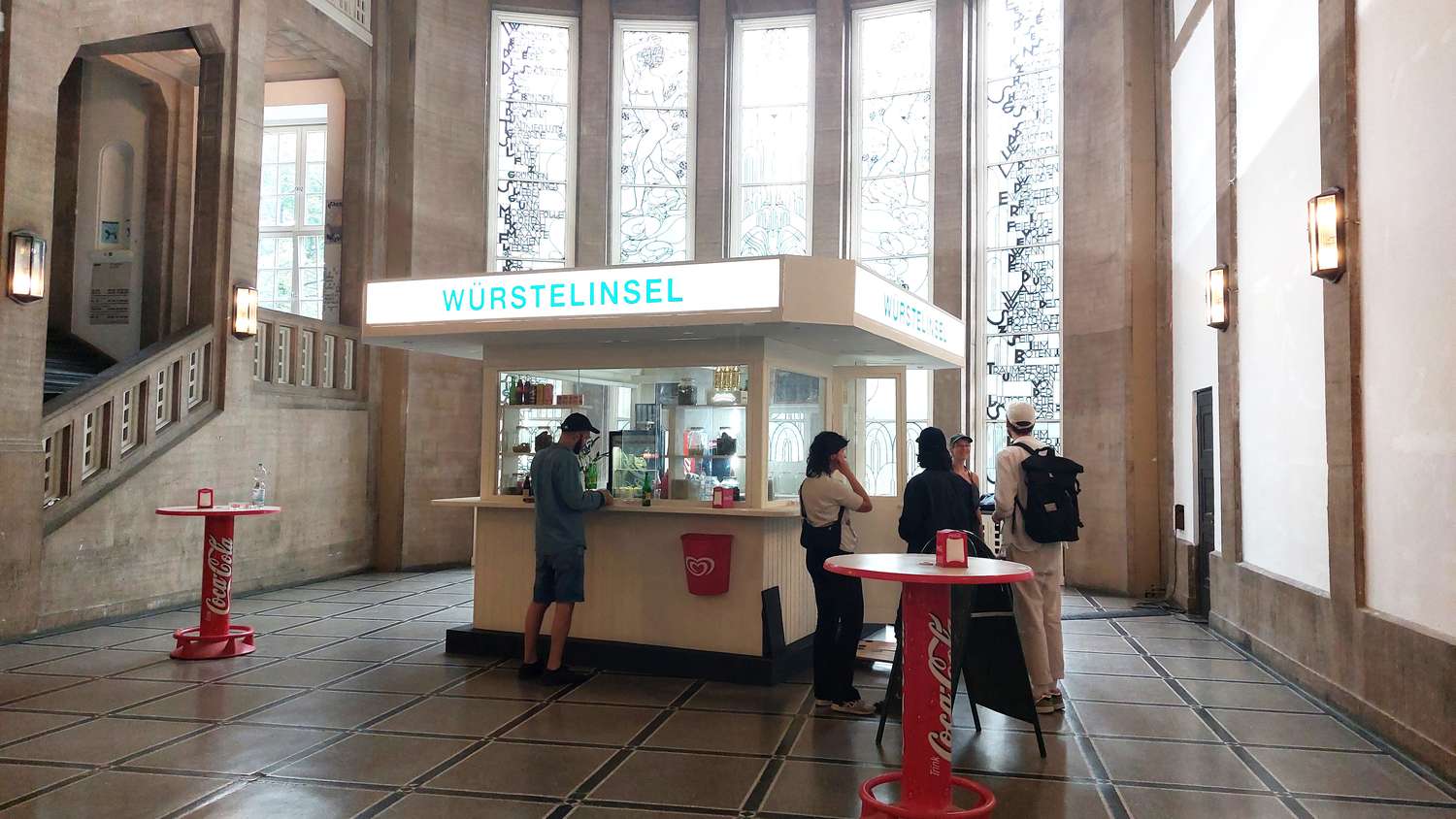


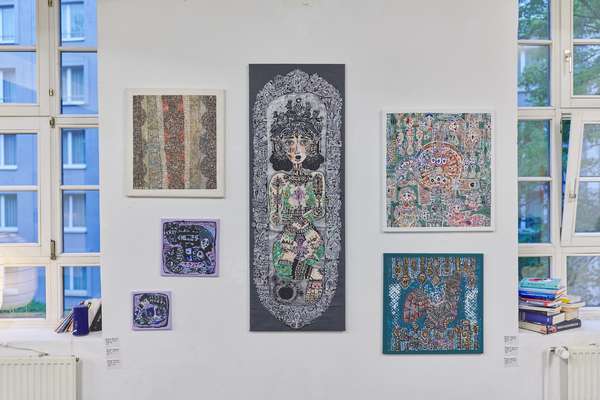




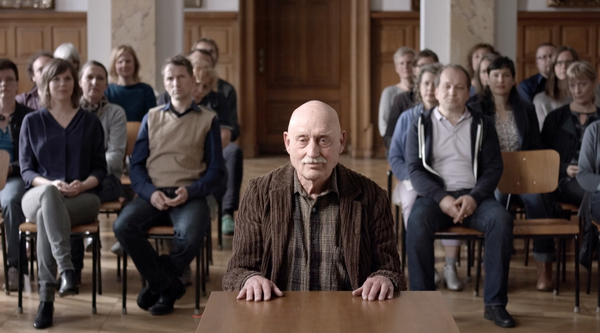


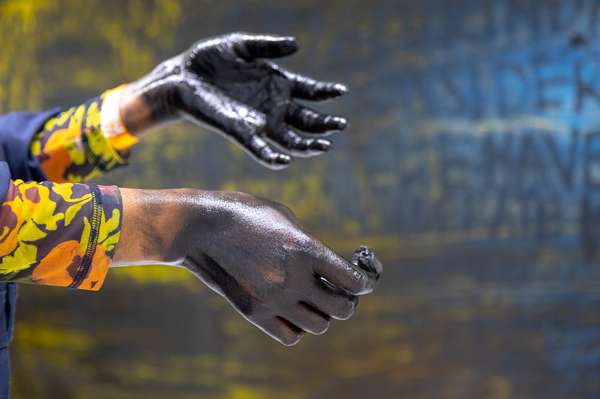




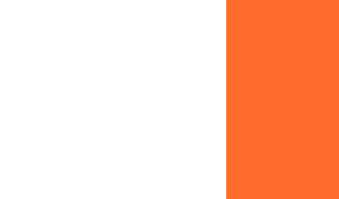
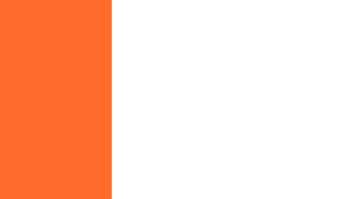


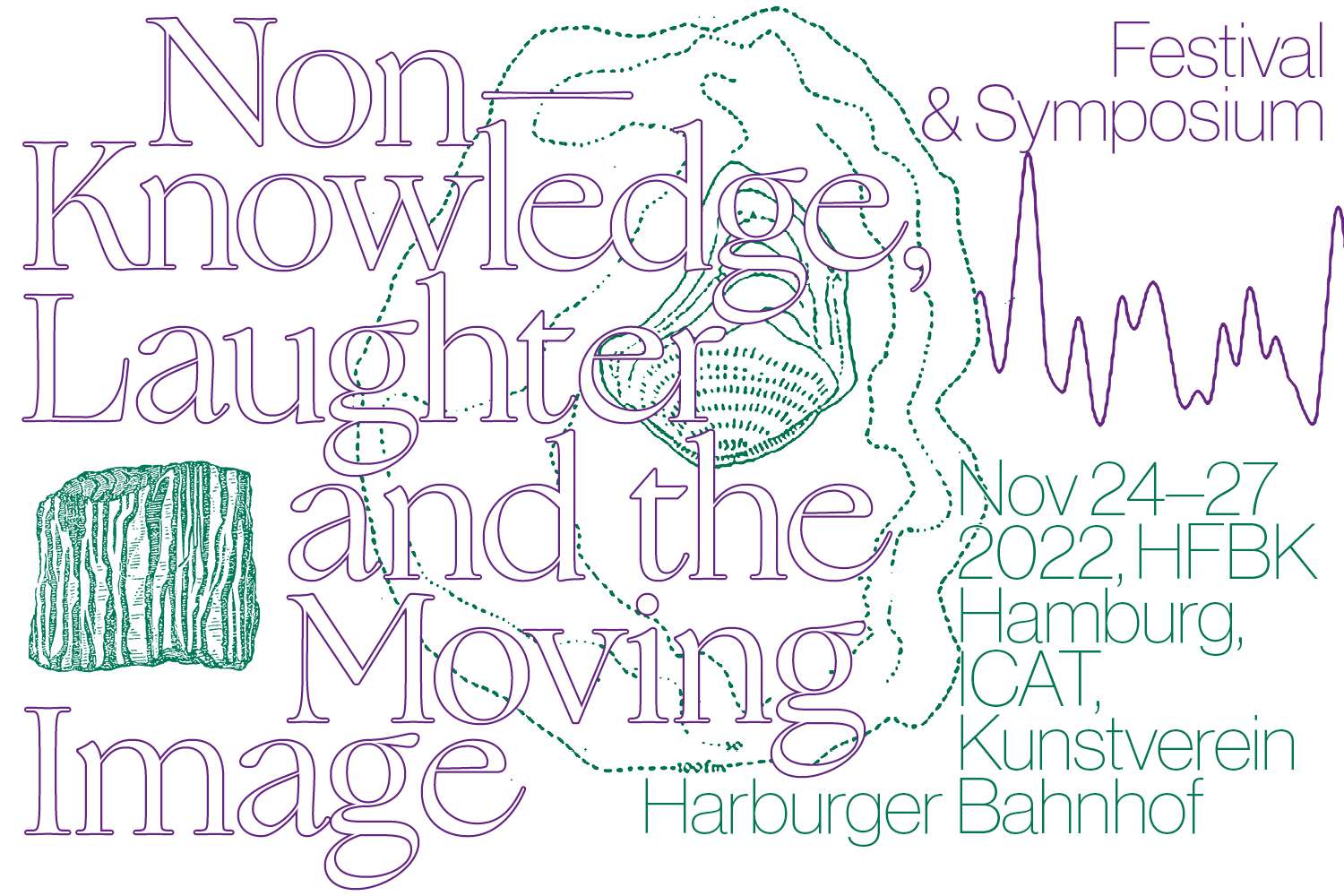






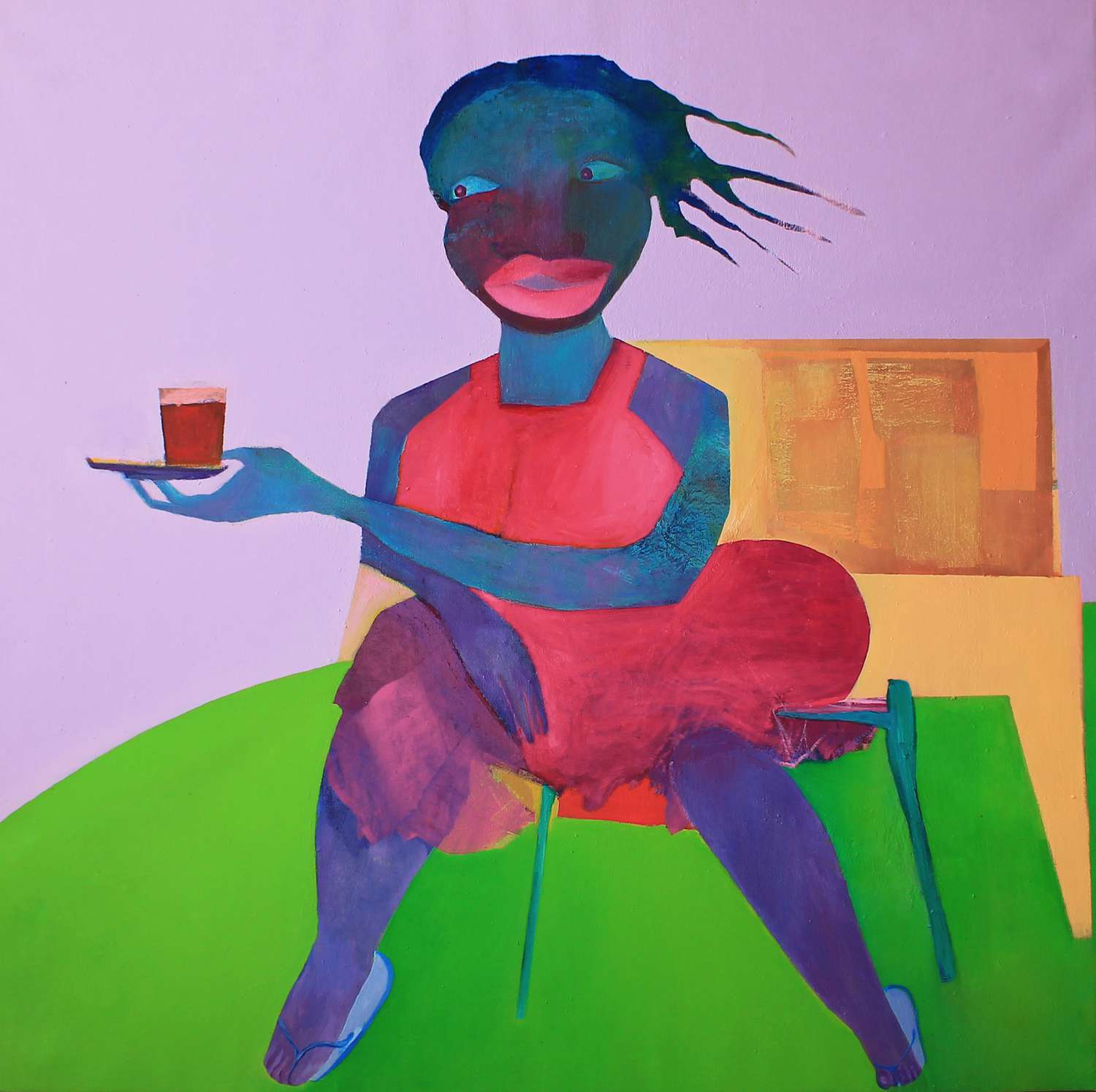
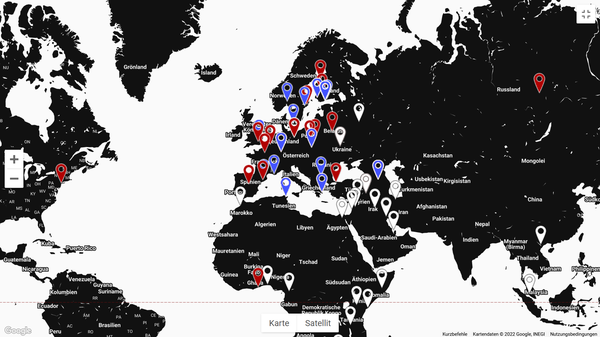
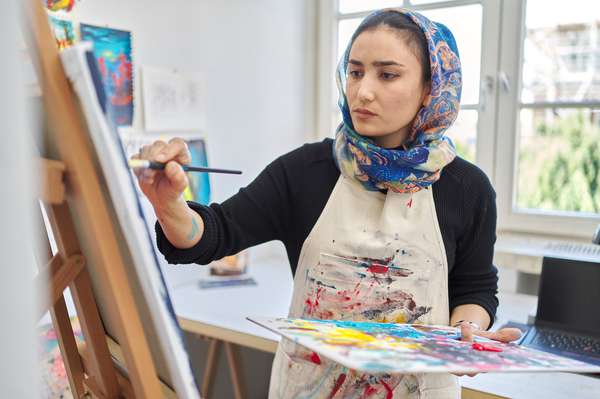









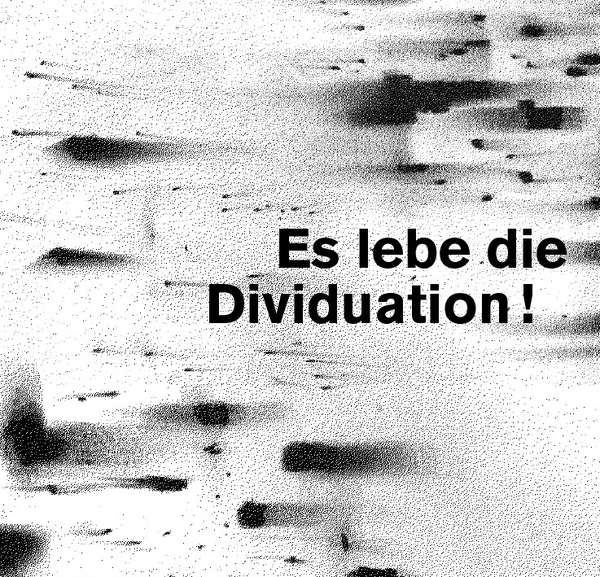





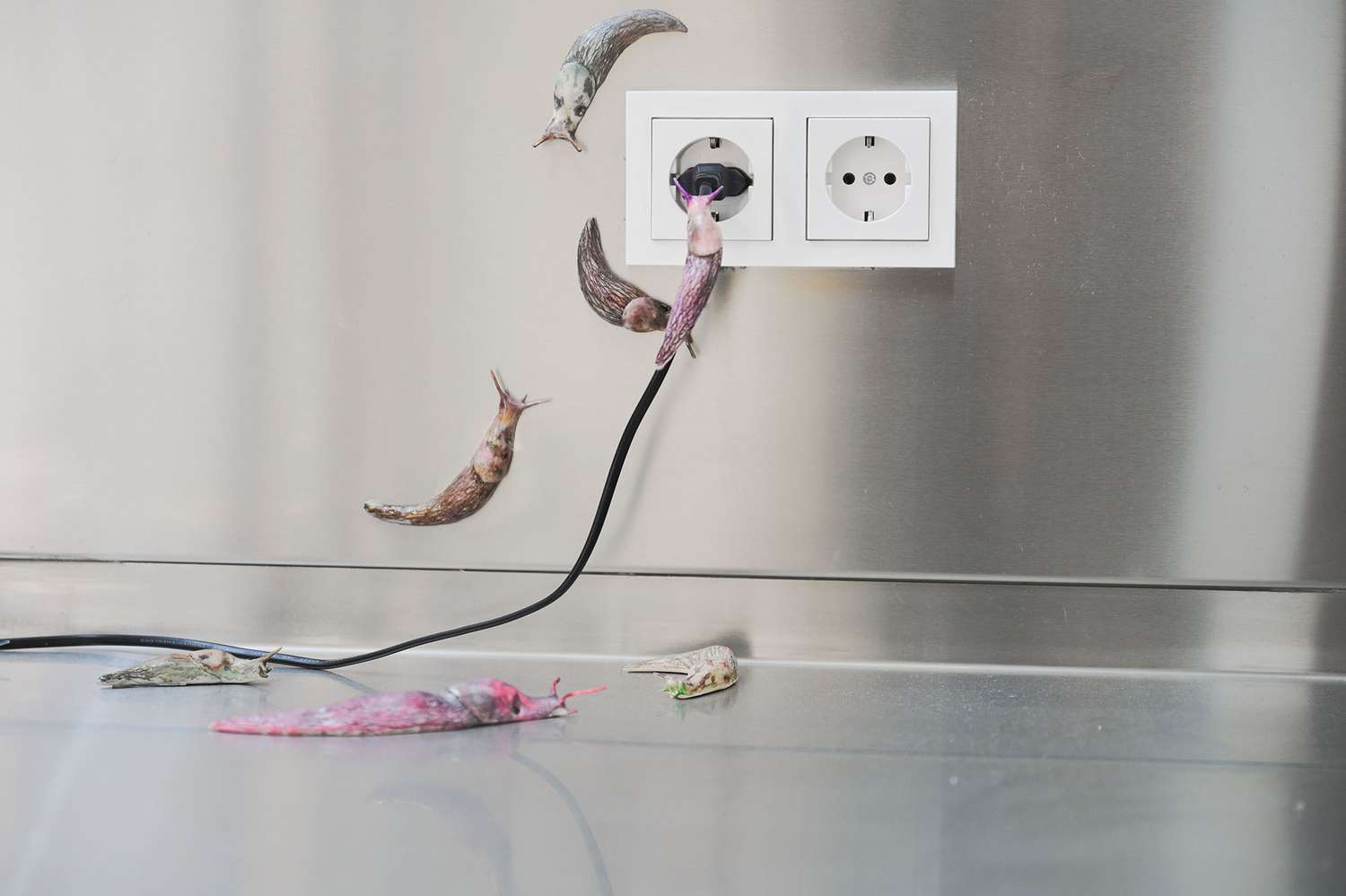


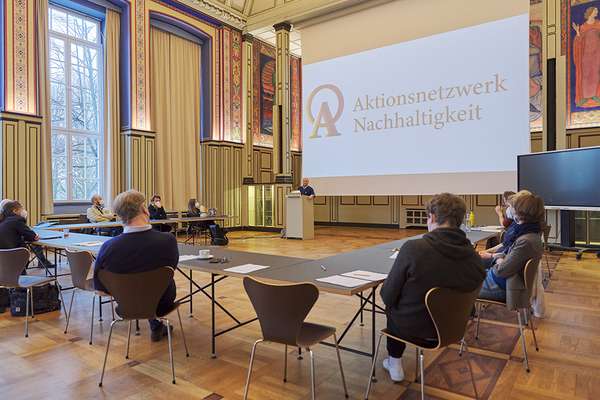






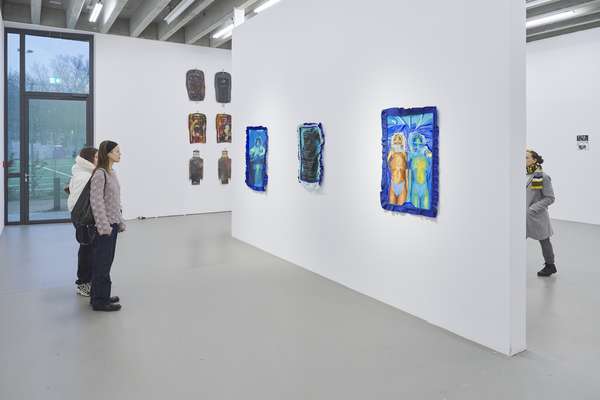








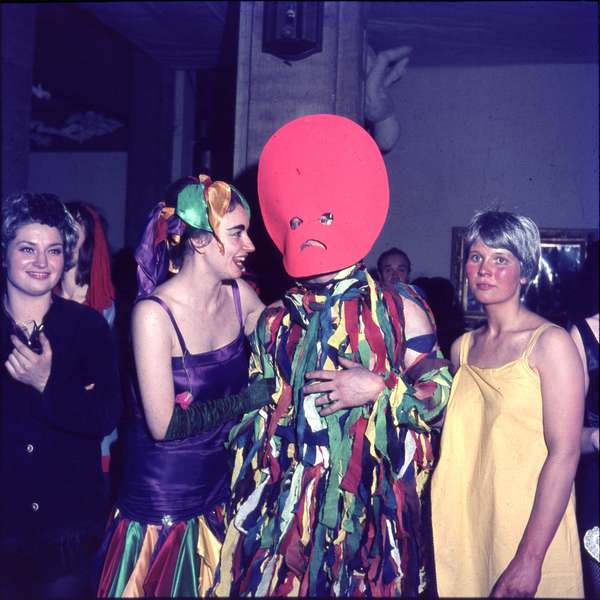

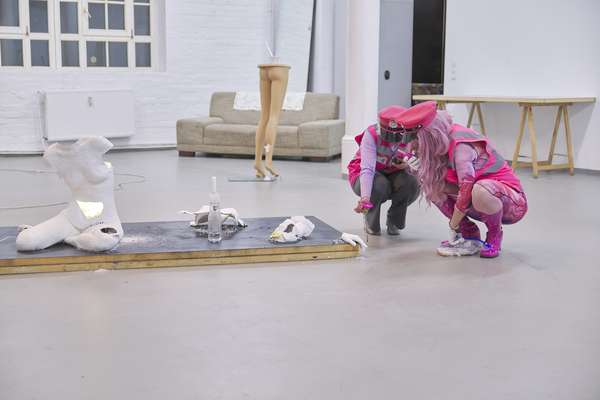



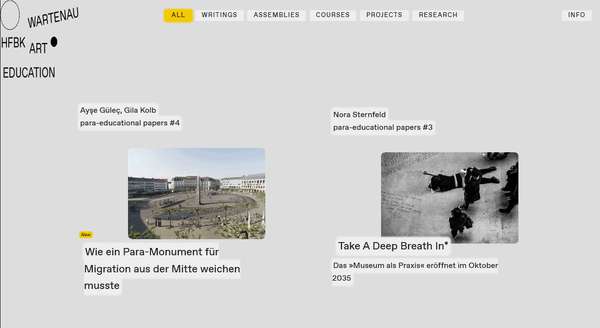

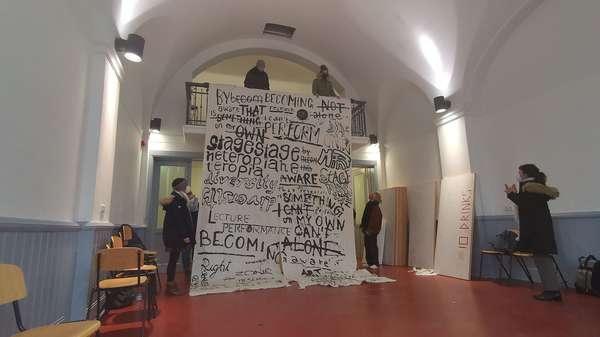
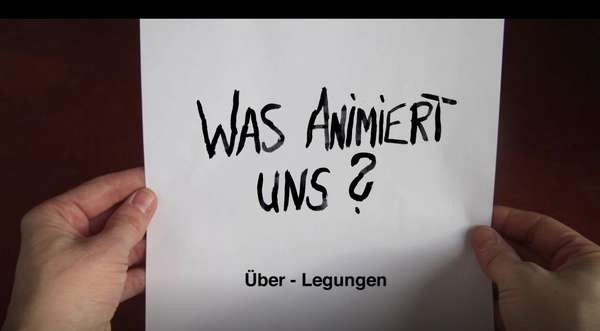
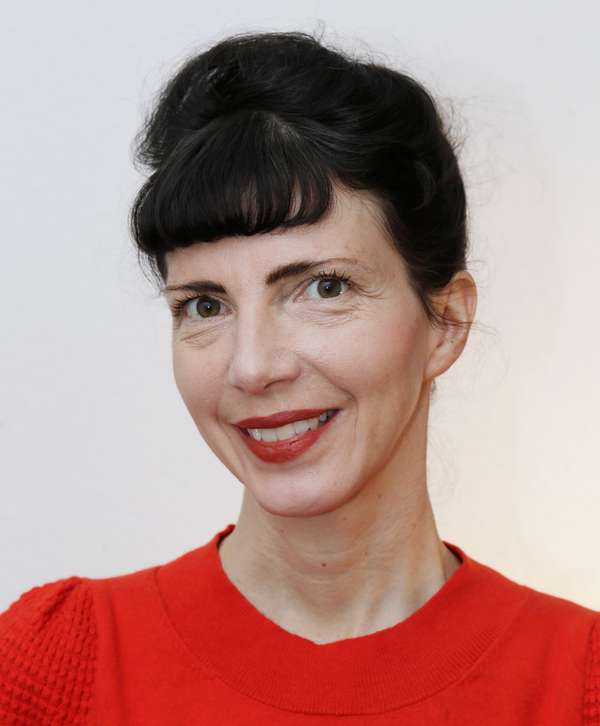
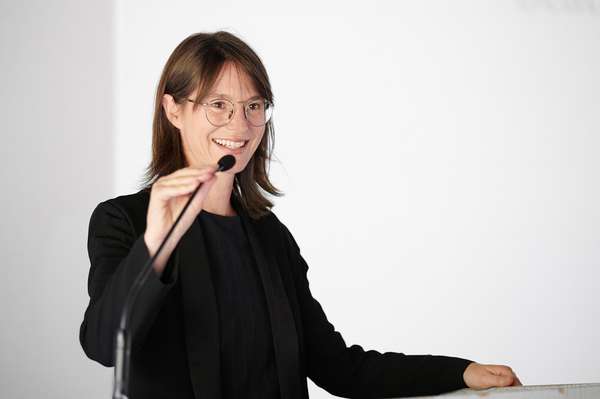

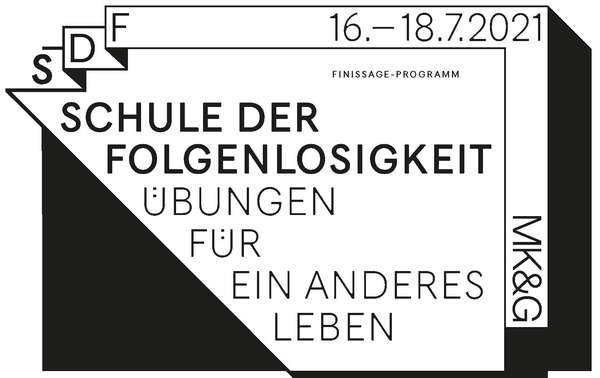


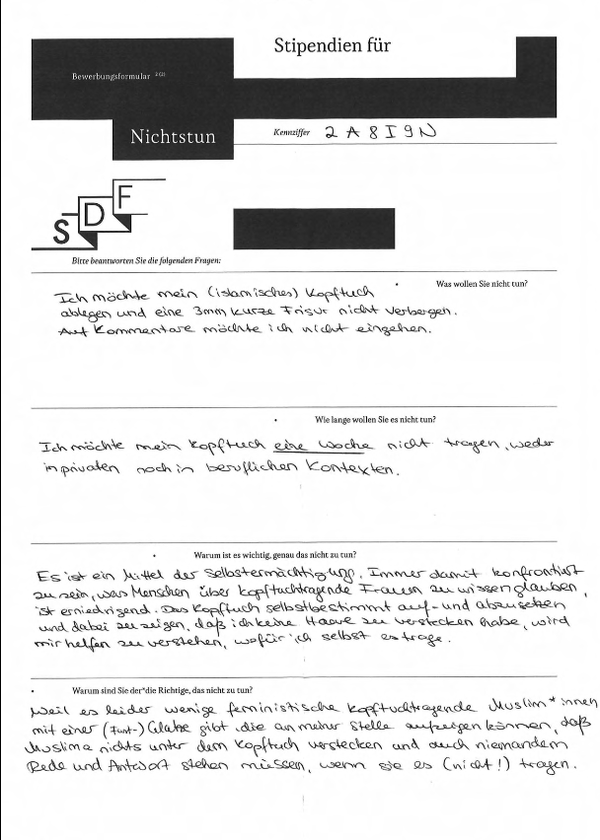









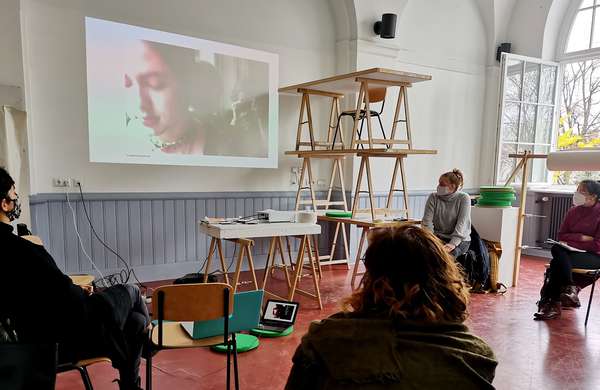





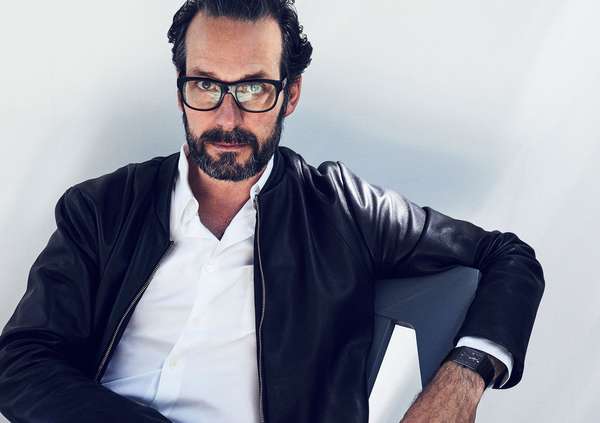

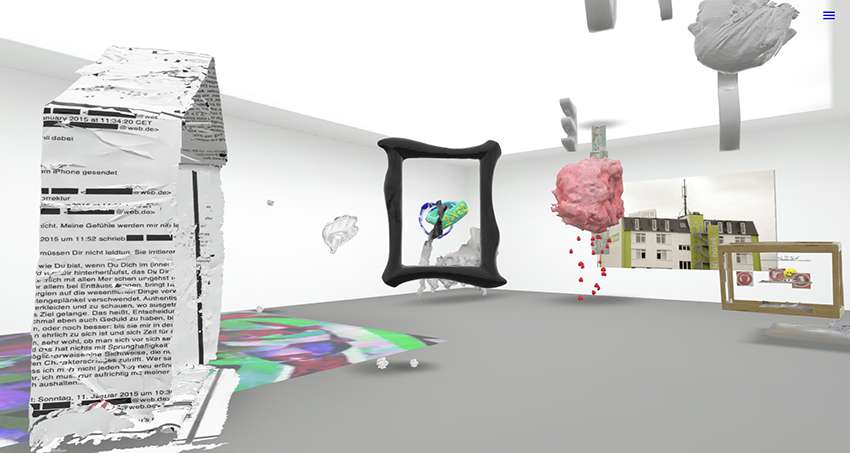

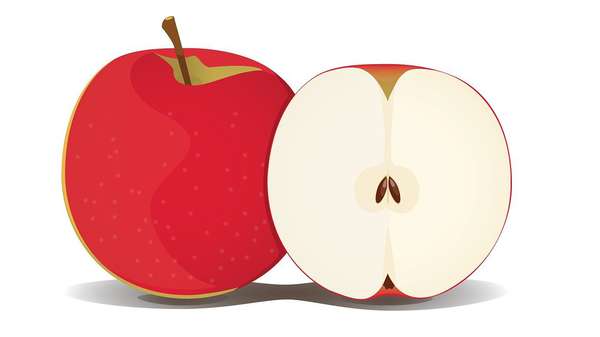

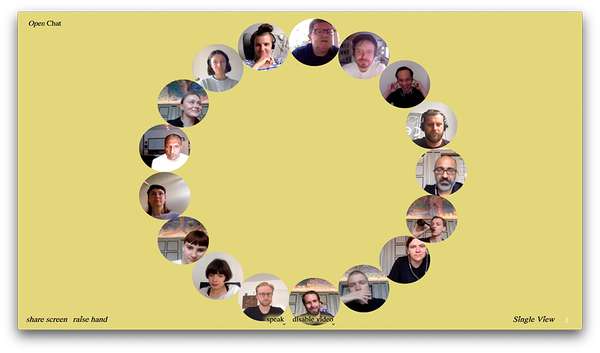

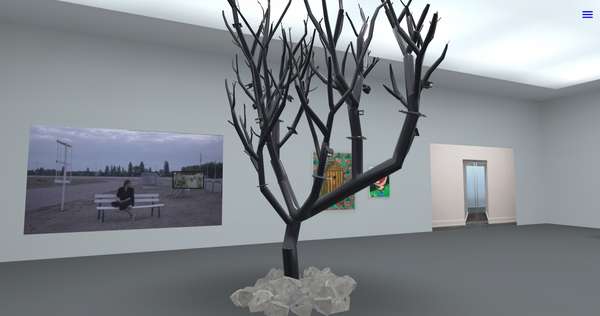









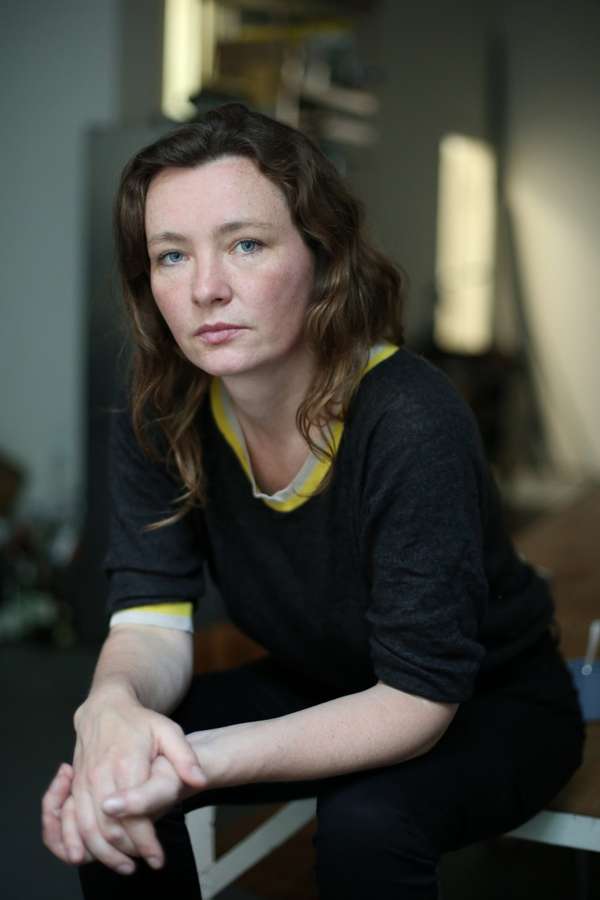

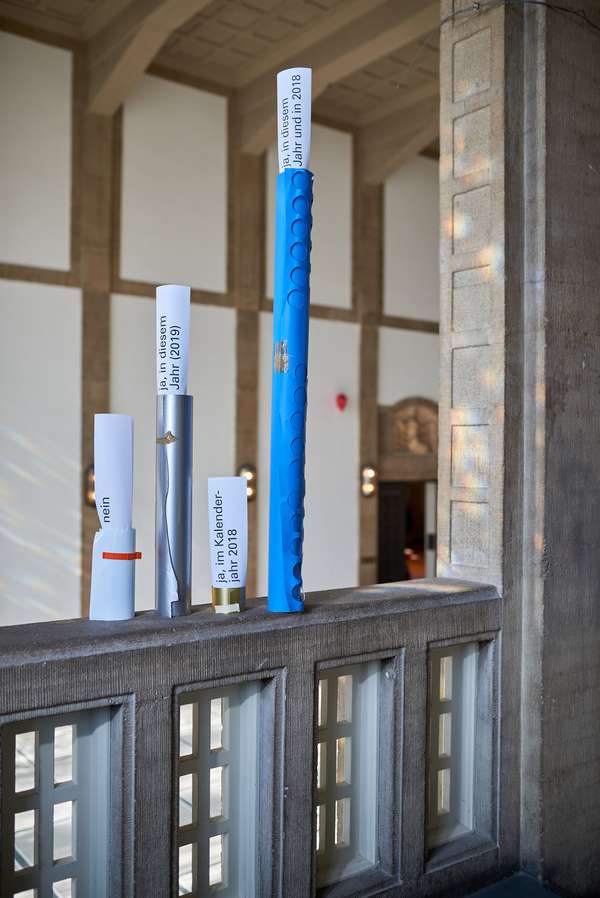



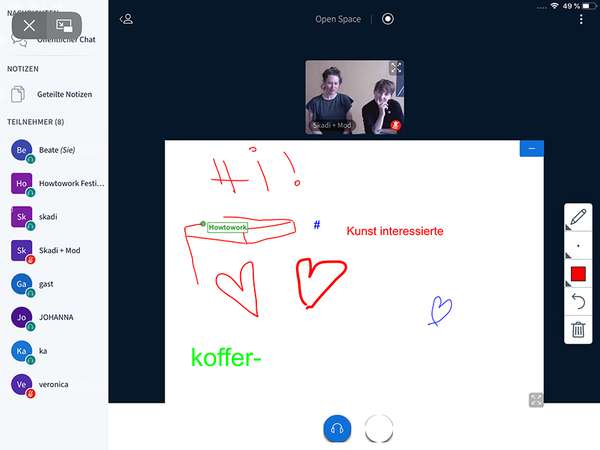
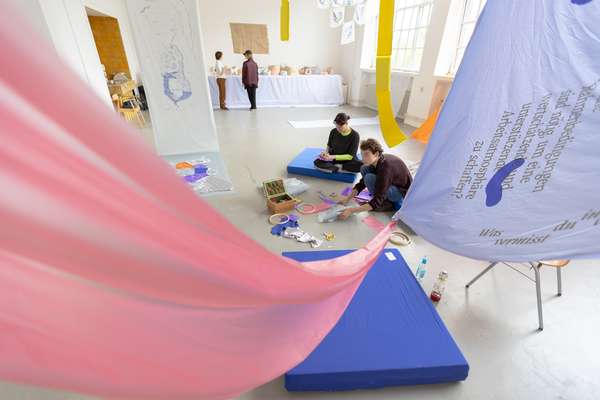

 Graduate Show 2025: Don't stop me now
Graduate Show 2025: Don't stop me now
 Long days, lots to do
Long days, lots to do
 Cine*Ami*es
Cine*Ami*es
 Redesign Democracy – competition for the ballot box of the democratic future
Redesign Democracy – competition for the ballot box of the democratic future
 Art in public space
Art in public space
 How to apply: study at HFBK Hamburg
How to apply: study at HFBK Hamburg
 Annual Exhibition 2025 at the HFBK Hamburg
Annual Exhibition 2025 at the HFBK Hamburg
 The Elephant in The Room – Sculpture today
The Elephant in The Room – Sculpture today
 Hiscox Art Prize 2024
Hiscox Art Prize 2024
 The New Woman
The New Woman
 Doing a PhD at the HFBK Hamburg
Doing a PhD at the HFBK Hamburg
 Graduate Show 2024 - Letting Go
Graduate Show 2024 - Letting Go
 Finkenwerder Art Prize 2024
Finkenwerder Art Prize 2024
 Archives of the Body - The Body in Archiving
Archives of the Body - The Body in Archiving
 New partnership with the School of Arts at the University of Haifa
New partnership with the School of Arts at the University of Haifa
 Annual Exhibition 2024 at the HFBK Hamburg
Annual Exhibition 2024 at the HFBK Hamburg
 (Ex)Changes of / in Art
(Ex)Changes of / in Art
 Extended Libraries
Extended Libraries
 And Still I Rise
And Still I Rise
 Let's talk about language
Let's talk about language
 Graduate Show 2023: Unfinished Business
Graduate Show 2023: Unfinished Business
 Let`s work together
Let`s work together
 Annual Exhibition 2023 at HFBK Hamburg
Annual Exhibition 2023 at HFBK Hamburg
 Symposium: Controversy over documenta fifteen
Symposium: Controversy over documenta fifteen
 Festival and Symposium: Non-Knowledge, Laughter and the Moving Image
Festival and Symposium: Non-Knowledge, Laughter and the Moving Image
 Solo exhibition by Konstantin Grcic
Solo exhibition by Konstantin Grcic
 Art and war
Art and war
 Graduate Show 2022: We’ve Only Just Begun
Graduate Show 2022: We’ve Only Just Begun
 June is full of art and theory
June is full of art and theory
 Finkenwerder Art Prize 2022
Finkenwerder Art Prize 2022
 Nachhaltigkeit im Kontext von Kunst und Kunsthochschule
Nachhaltigkeit im Kontext von Kunst und Kunsthochschule
 Raum für die Kunst
Raum für die Kunst
 Annual Exhibition 2022 at the HFBK
Annual Exhibition 2022 at the HFBK
 Conference: Counter-Monuments and Para-Monuments.
Conference: Counter-Monuments and Para-Monuments.
 Diversity
Diversity
 Live und in Farbe: die ASA Open Studios im Juni 2021
Live und in Farbe: die ASA Open Studios im Juni 2021
 Unlearning: Wartenau Assemblies
Unlearning: Wartenau Assemblies
 School of No Consequences
School of No Consequences
 Annual Exhibition 2021 at the HFBK
Annual Exhibition 2021 at the HFBK
 Semestereröffnung und Hiscox-Preisverleihung 2020
Semestereröffnung und Hiscox-Preisverleihung 2020
 Teaching Art Online at the HFBK
Teaching Art Online at the HFBK
 HFBK Graduate Survey
HFBK Graduate Survey
 How political is Social Design?
How political is Social Design?